In the early decades of the 20th century, the streets of New York City were a chaotic and noisy mix of old and new. The first automobiles were beginning to appear, but the horse was still king. The city’s economy and its people were moved by the power of an immense, tireless army of horses, and a vast array of specialized vehicles were designed for every imaginable purpose.
The most elegant vehicles were the private carriages of the wealthy. On Fifth Avenue and in Central Park, one could see fine Broughams, Victorias, and landaus pulled by perfectly matched teams of horses. These carriages were expertly crafted, with gleaming lacquered bodies, plush interiors, and polished brass lanterns. They were driven by coachmen in formal livery, who sat high at the front, skillfully navigating the crowded streets. The hansom cab, with its distinctive elevated driver’s seat at the rear, was a popular choice for those looking to hire a private, maneuverable ride through the city.
The bulk of the traffic consisted of commercial delivery wagons. Every commodity imaginable was transported by horse. In the early morning, milk wagons made their rounds, their drivers delivering glass bottles to doorsteps with a characteristic clinking sound. Ice wagons delivered large blocks of ice for home iceboxes, while coal wagons brought fuel for heating and cooking. The most impressive were the enormous brewery wagons, pulled by powerful teams of matched Clydesdale or Percheron draft horses, delivering heavy barrels of beer to the city’s saloons. Department stores like Macy’s and B. Altman maintained their own fleets of delivery wagons to bring parcels to customers’ homes.
Read more
The city’s emergency services were also horse-powered. The Fire Department of New York (FDNY) used horse-drawn steam pumpers. When a fire alarm sounded, specially trained horses would rush into their harnesses, and teams of three would pull the heavy, smoke-belching steam engines at a gallop through the streets, a thrilling and dangerous spectacle for all who saw it. Hospitals like Bellevue had their own horse-drawn ambulances to transport the sick and injured.
Public transportation still relied on the horse on many routes. While electric trolleys were becoming dominant, some crosstown streets and less-traveled lines were still served by horse-drawn streetcars, known as horsecars, which ran on tracks. The horse-drawn omnibus, a larger, enclosed vehicle that did not run on tracks, also served as a form of public transit in some areas. The streets themselves were a sensory overload, filled with the constant clatter of thousands of iron-shod hooves on cobblestones, the shouts of drivers, and the distinct, ever-present smell of horse manure.



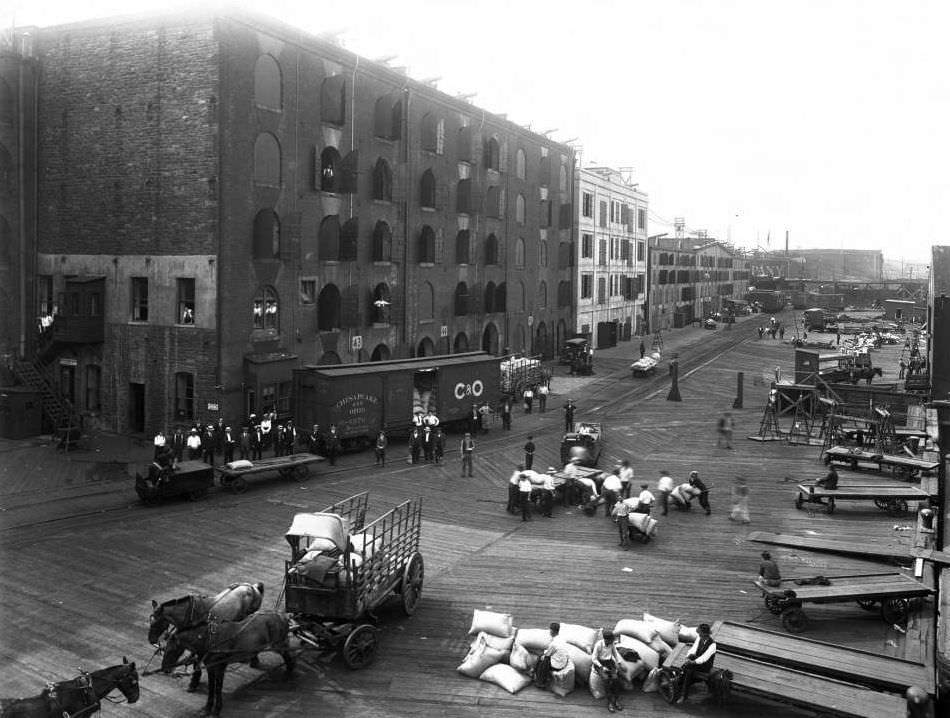
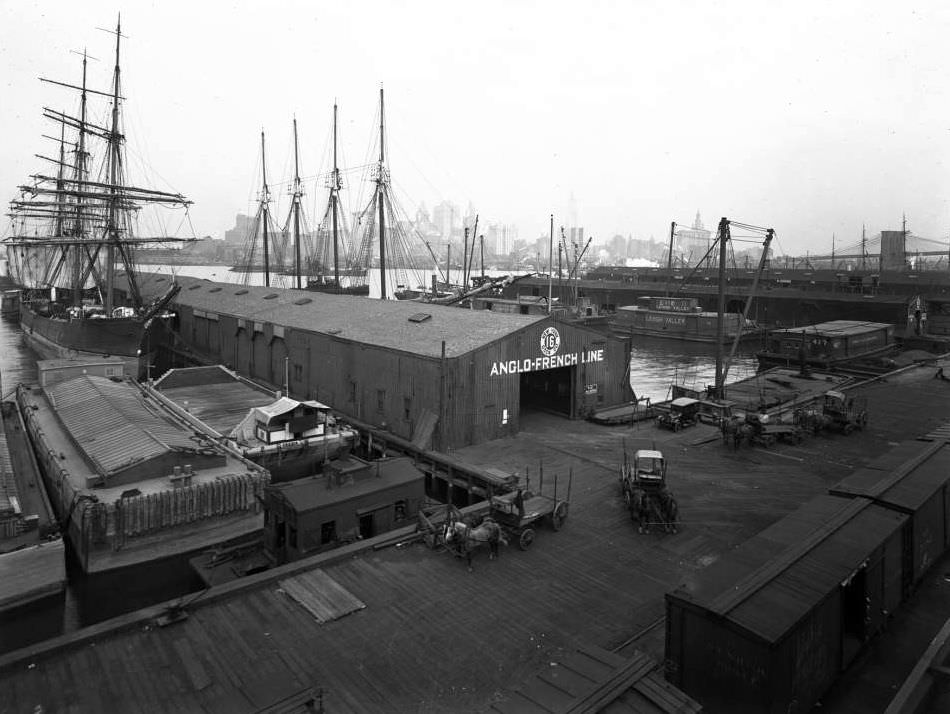
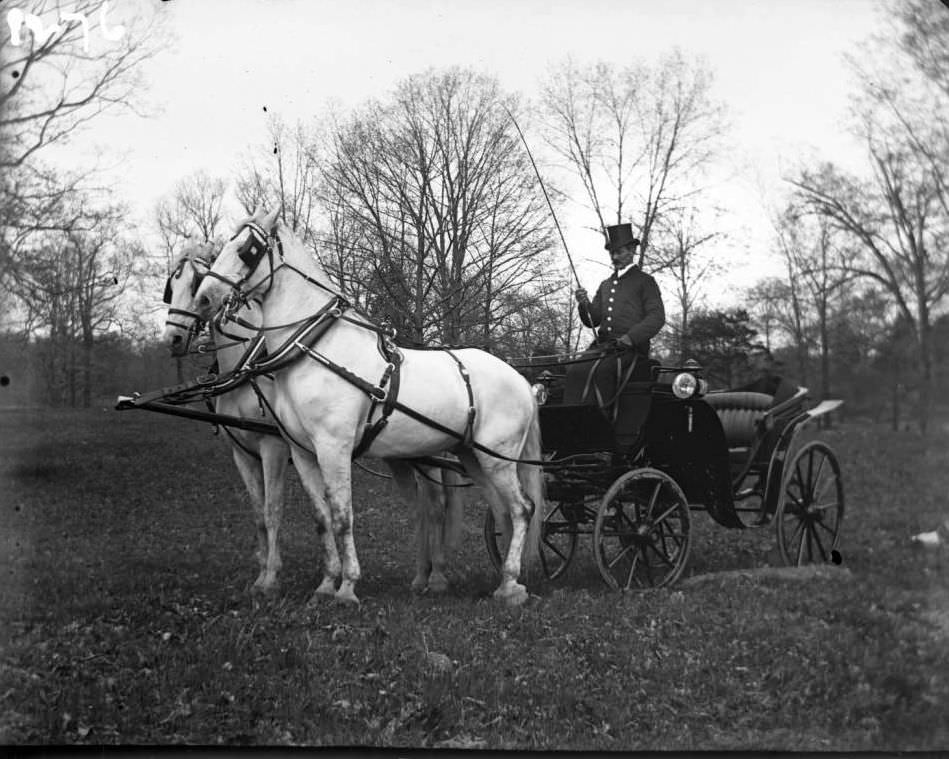
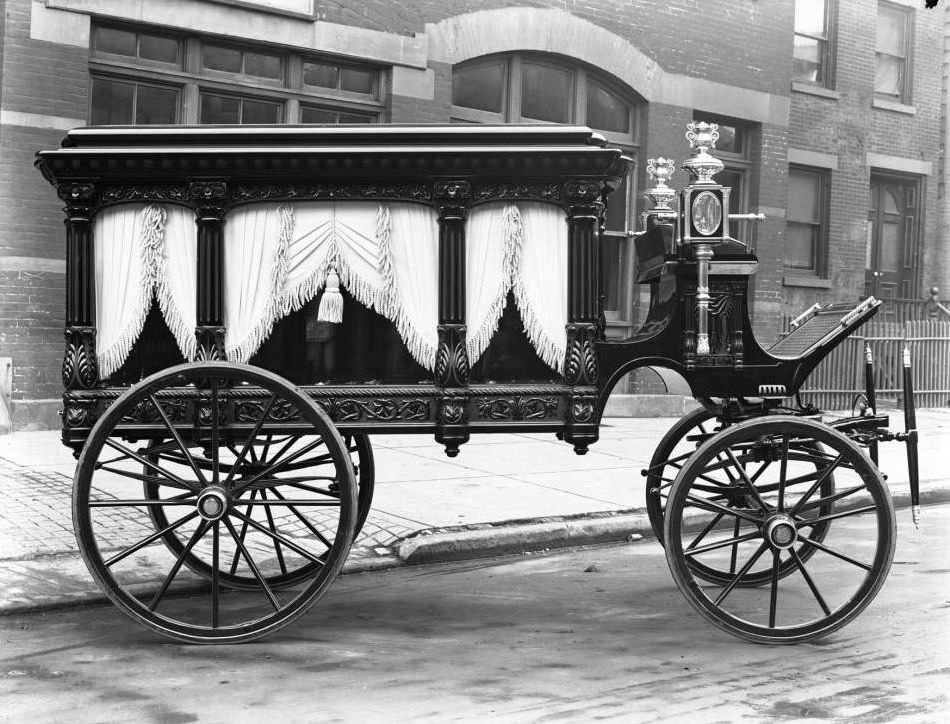
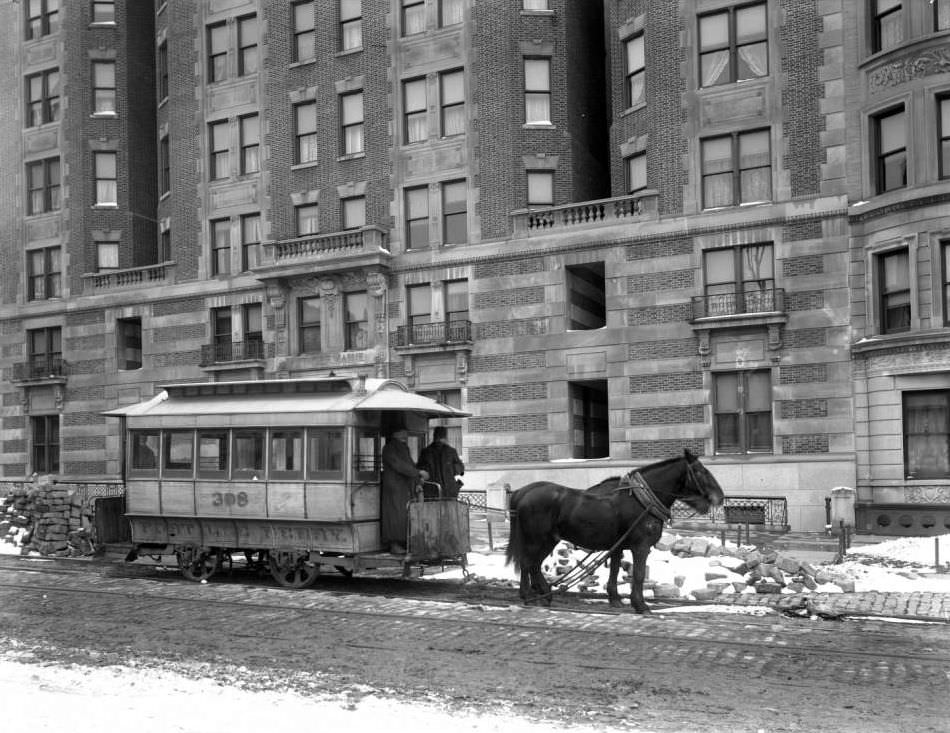
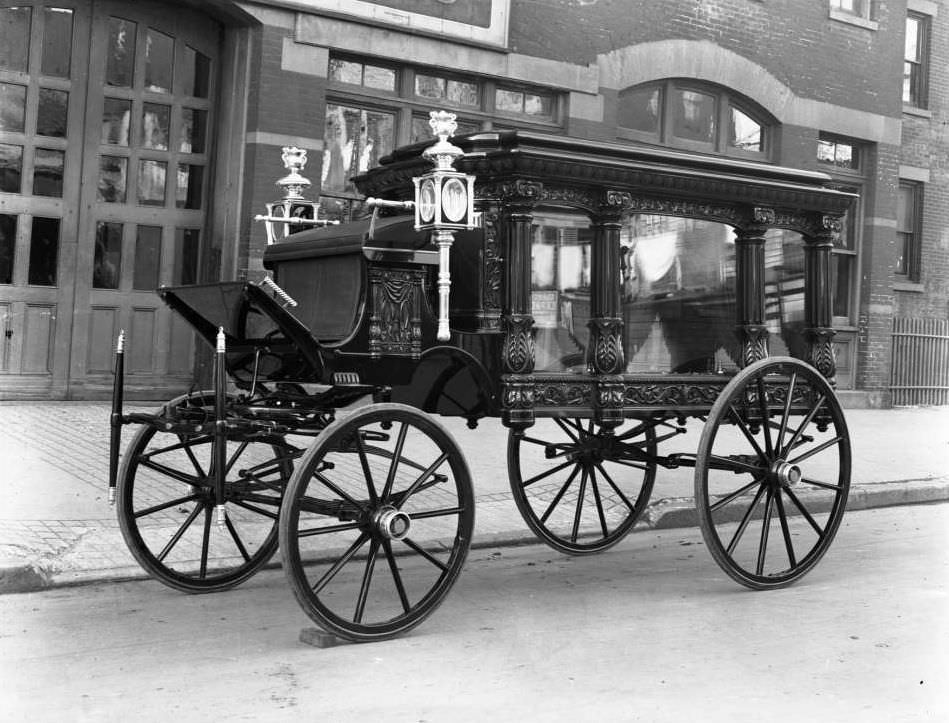
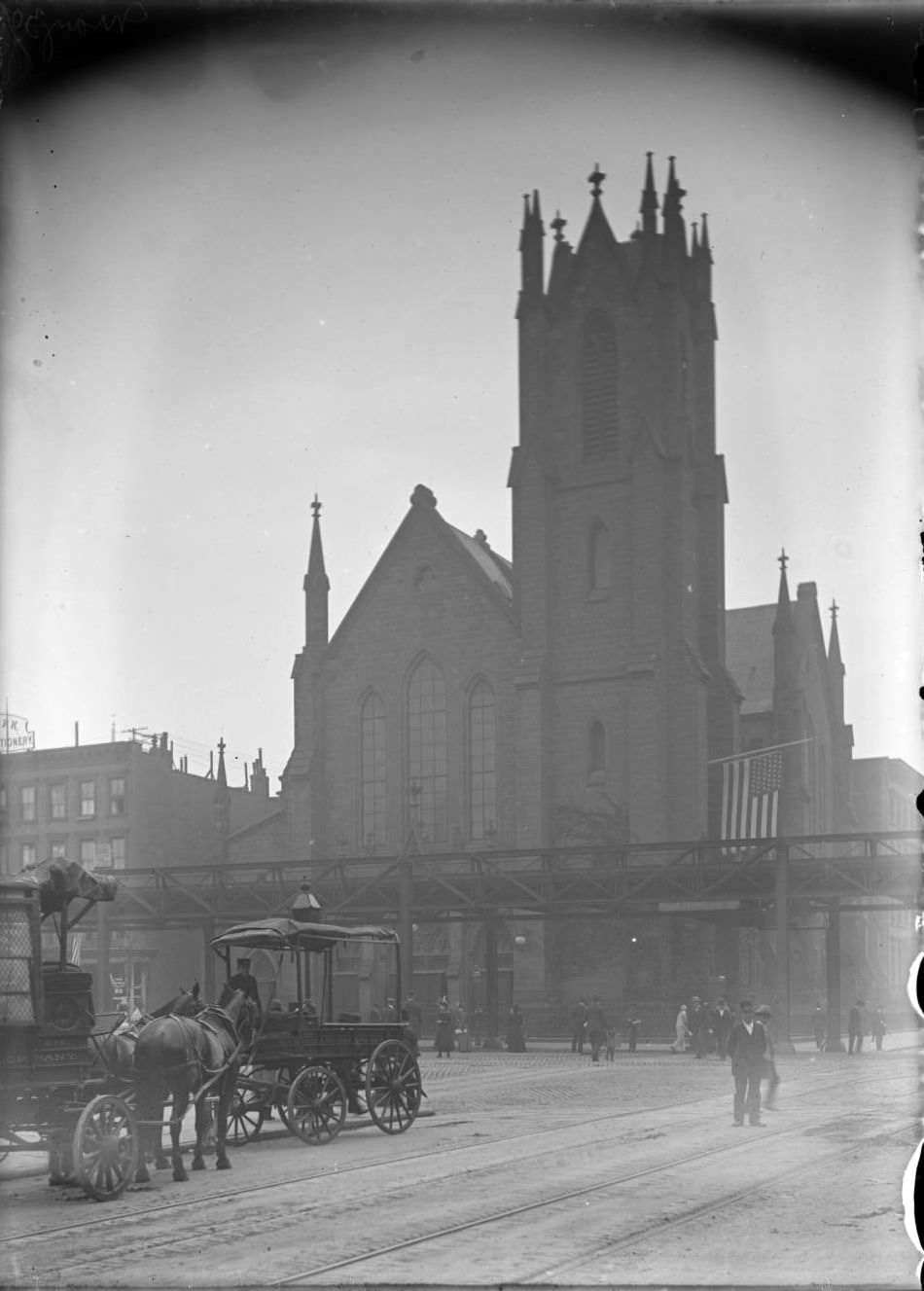


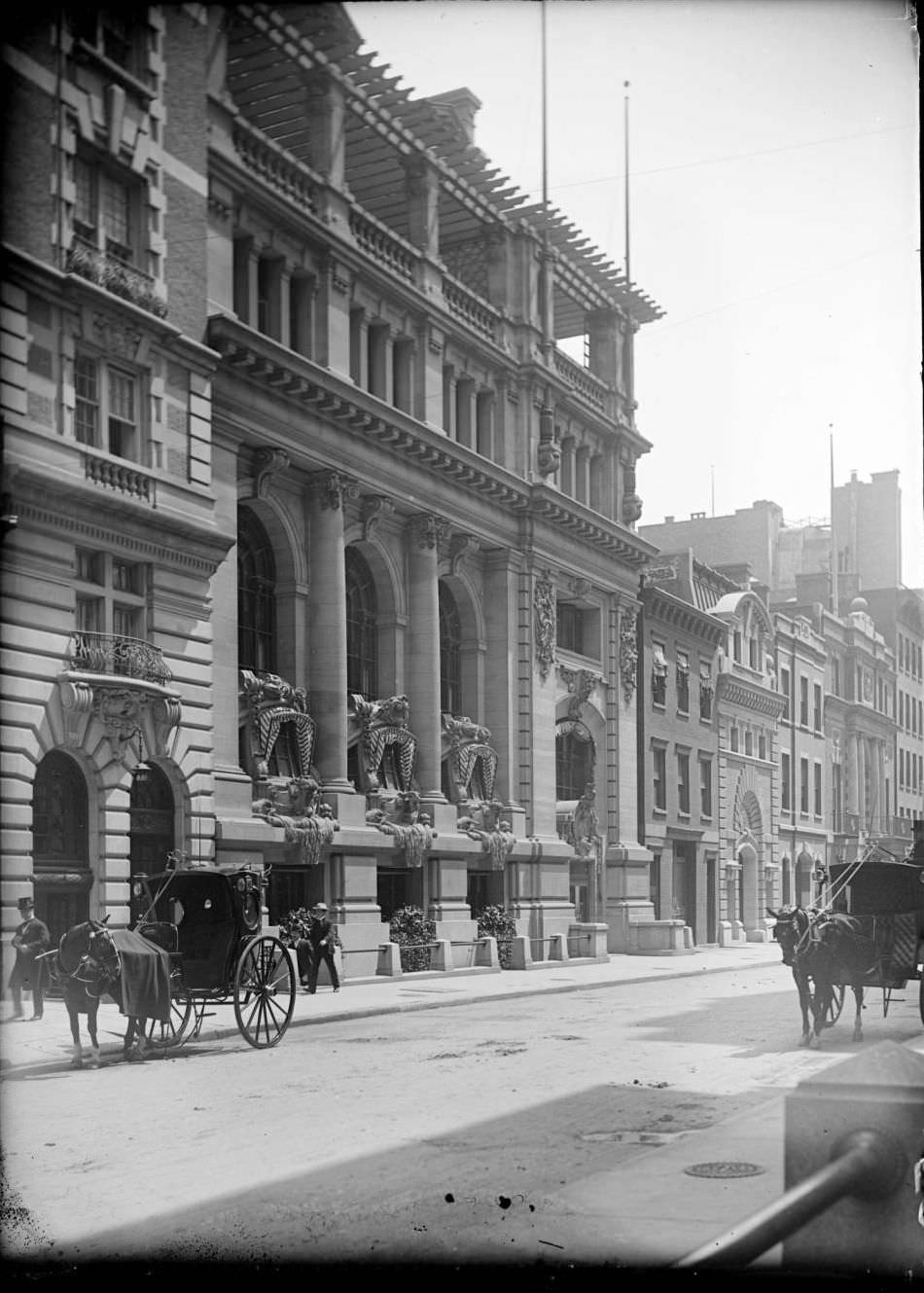

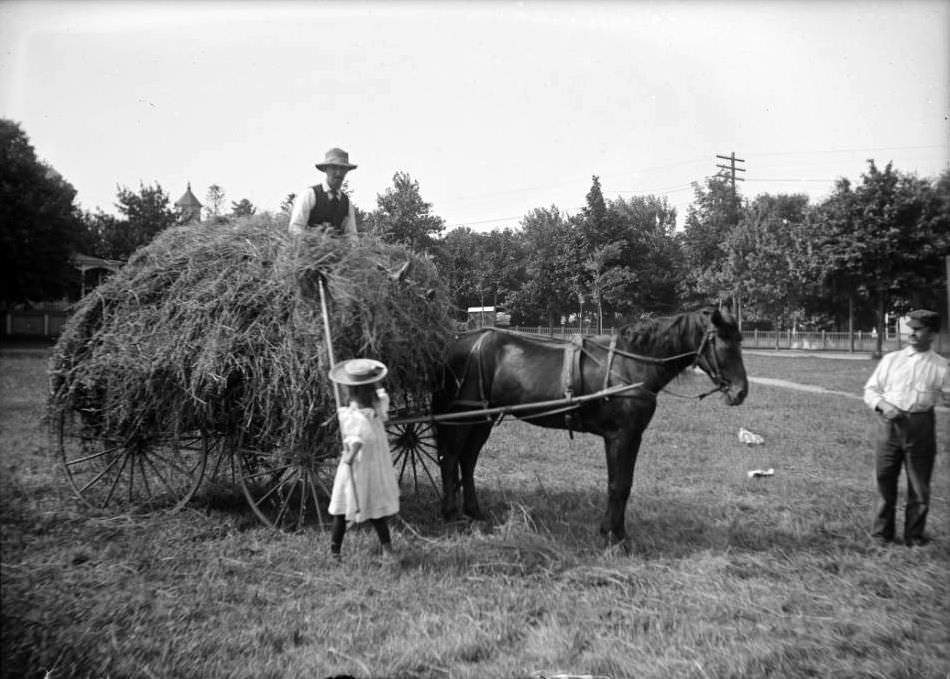
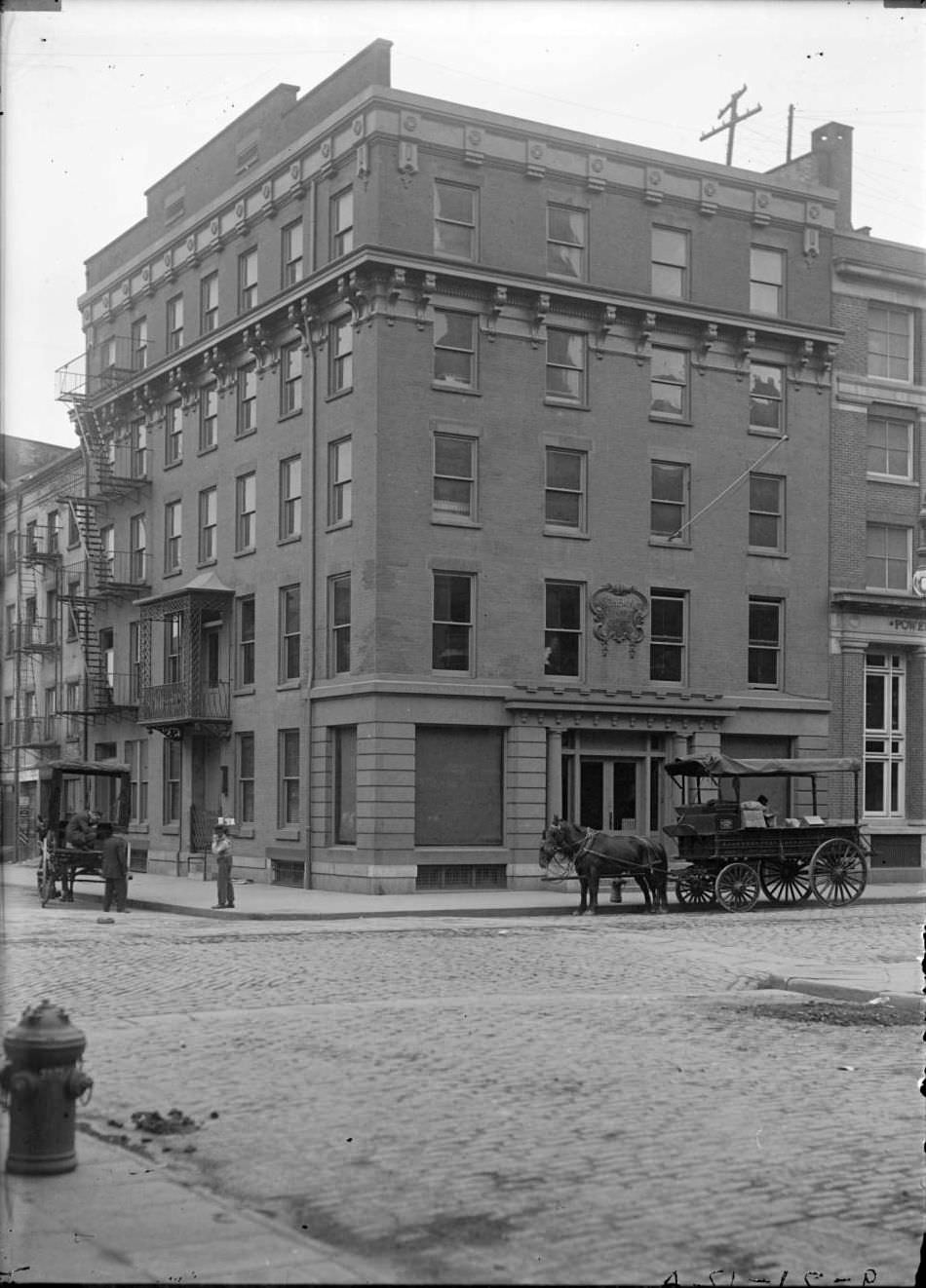
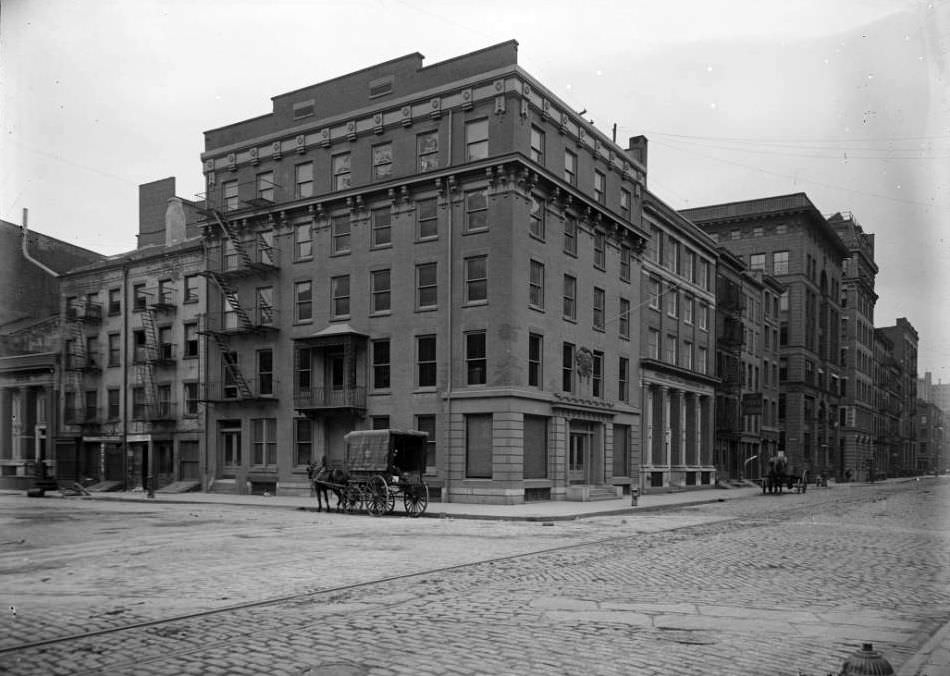

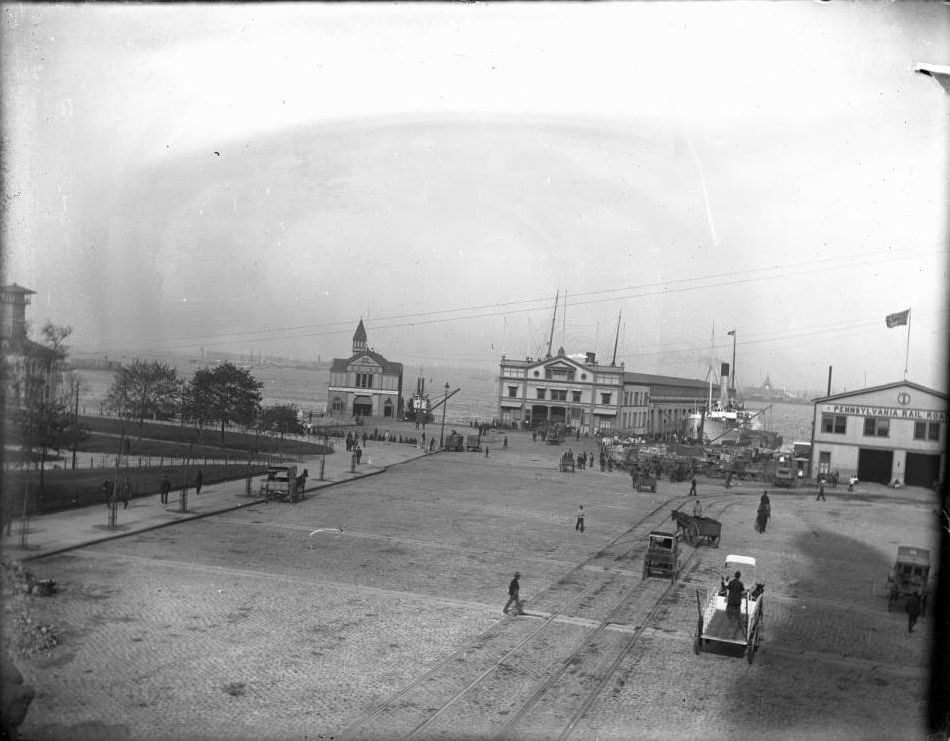
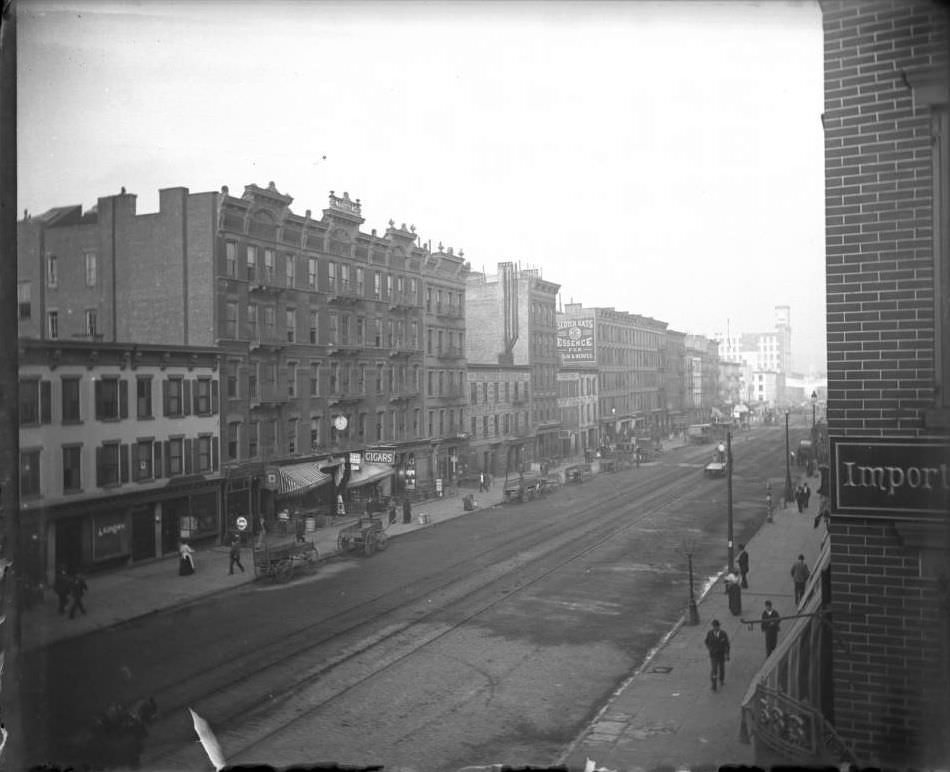
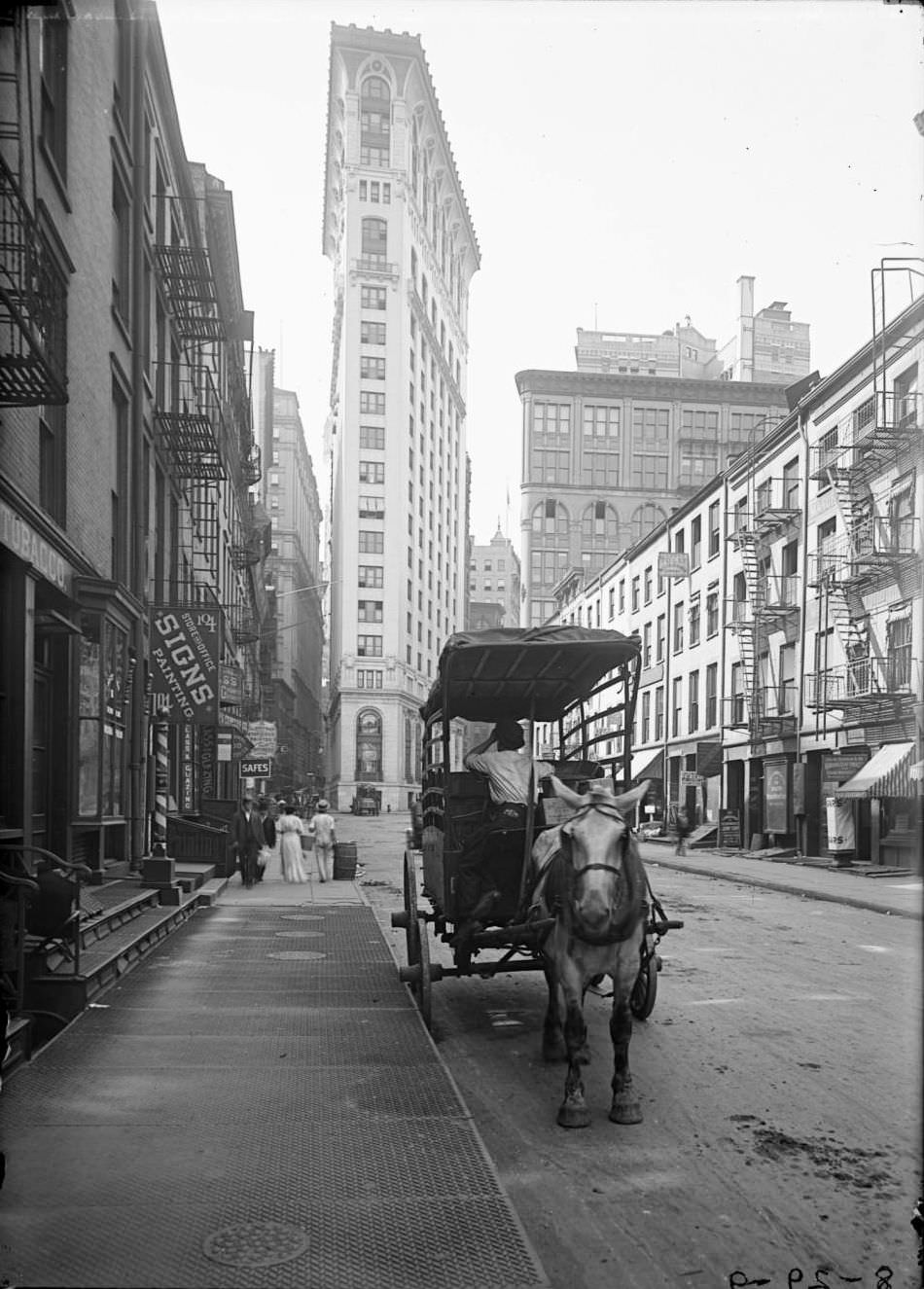
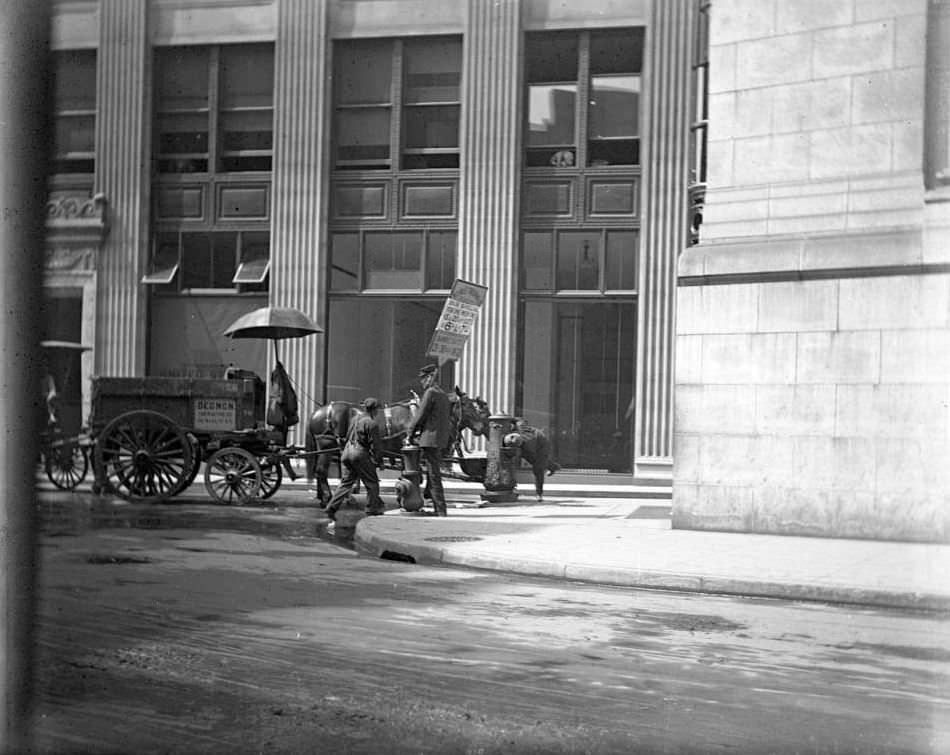

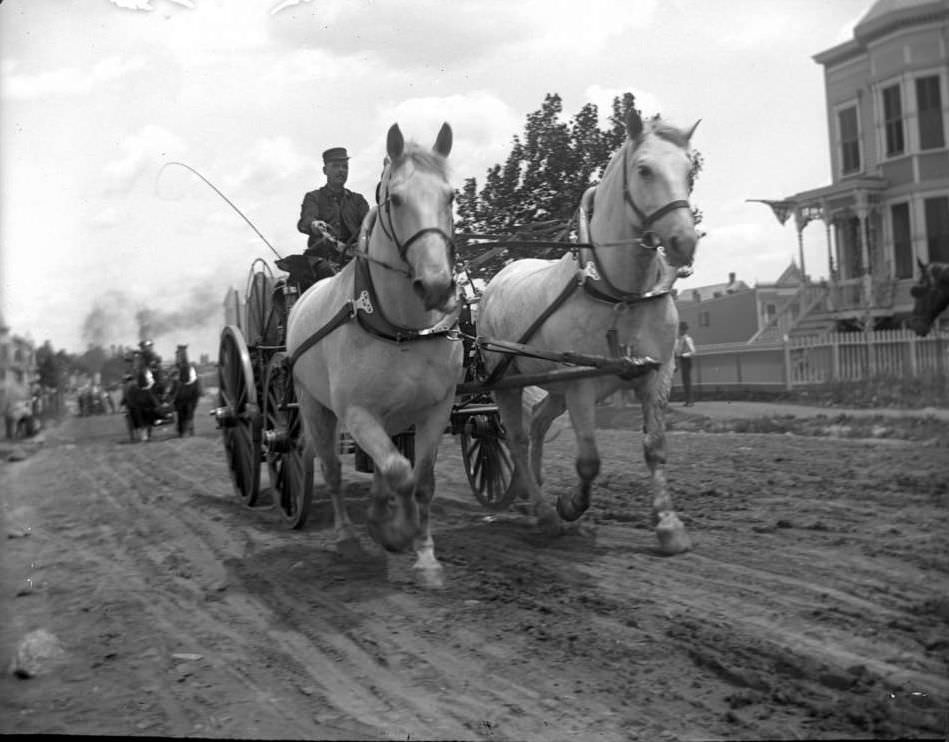


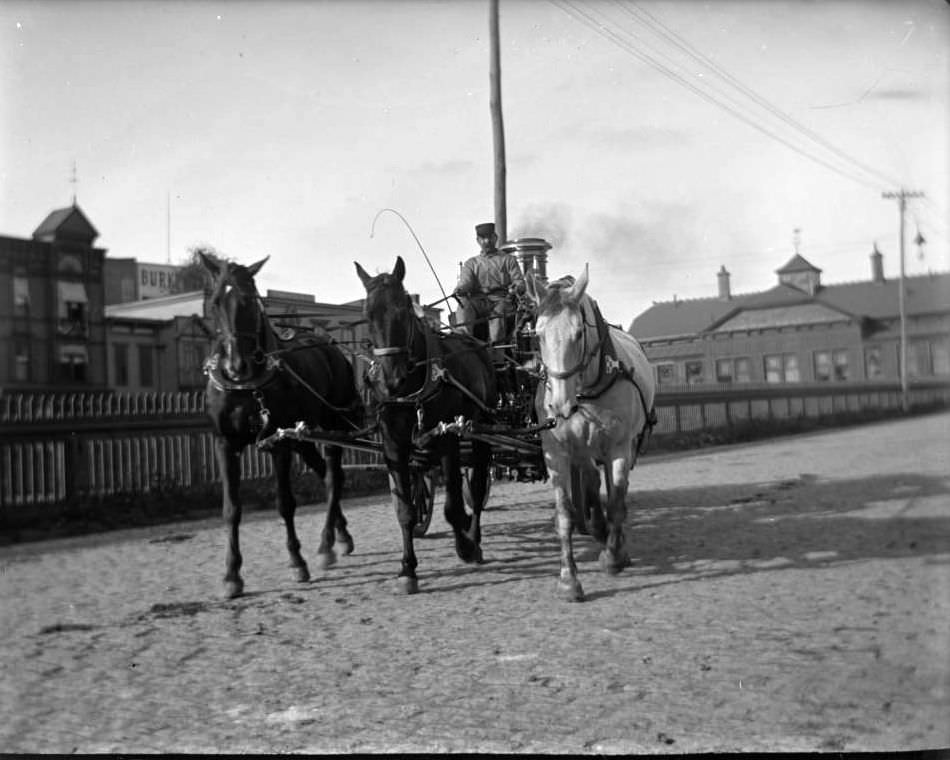

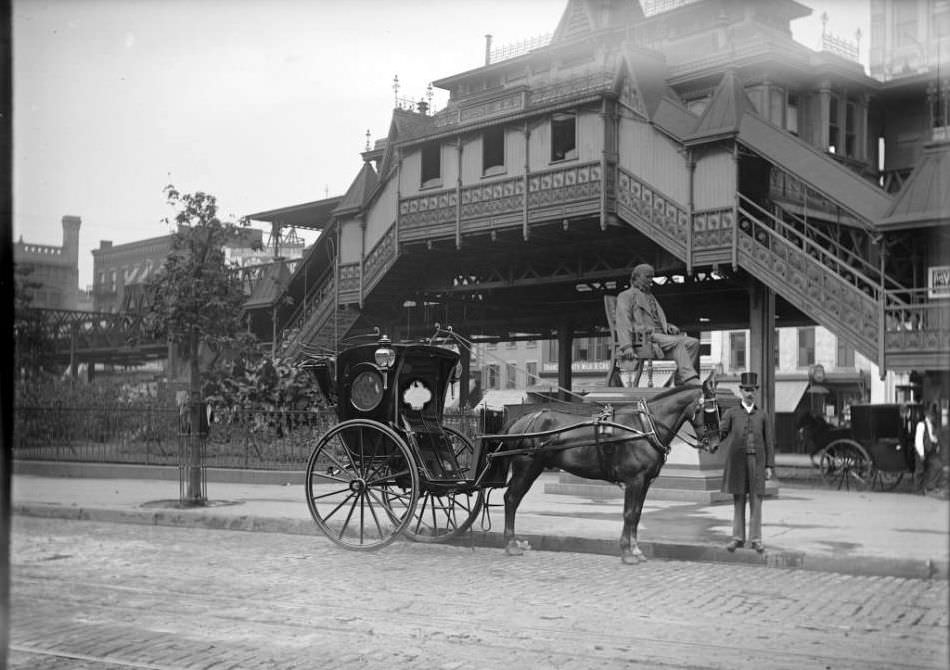
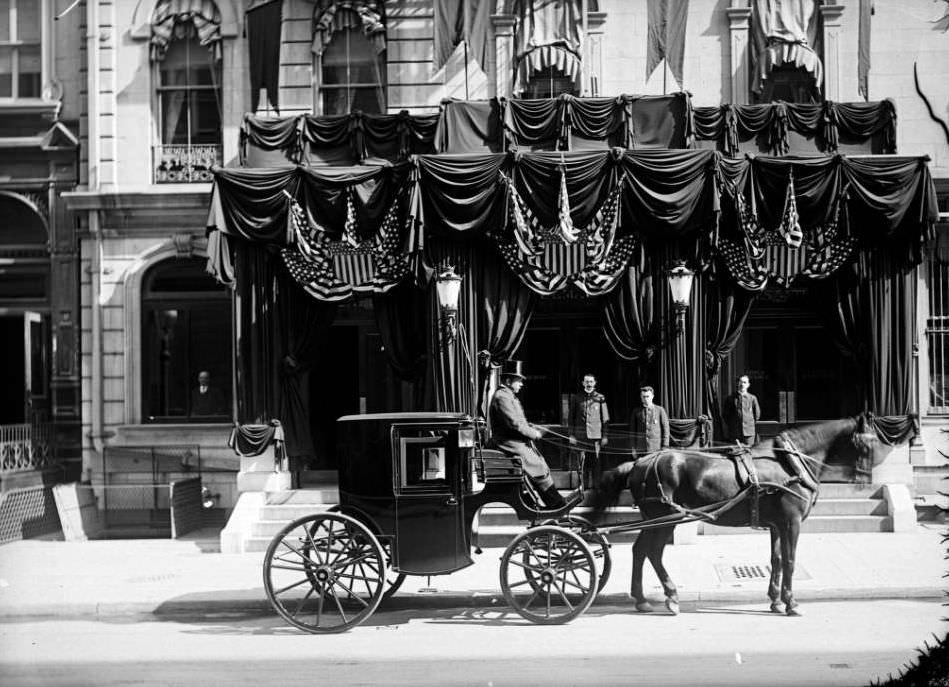
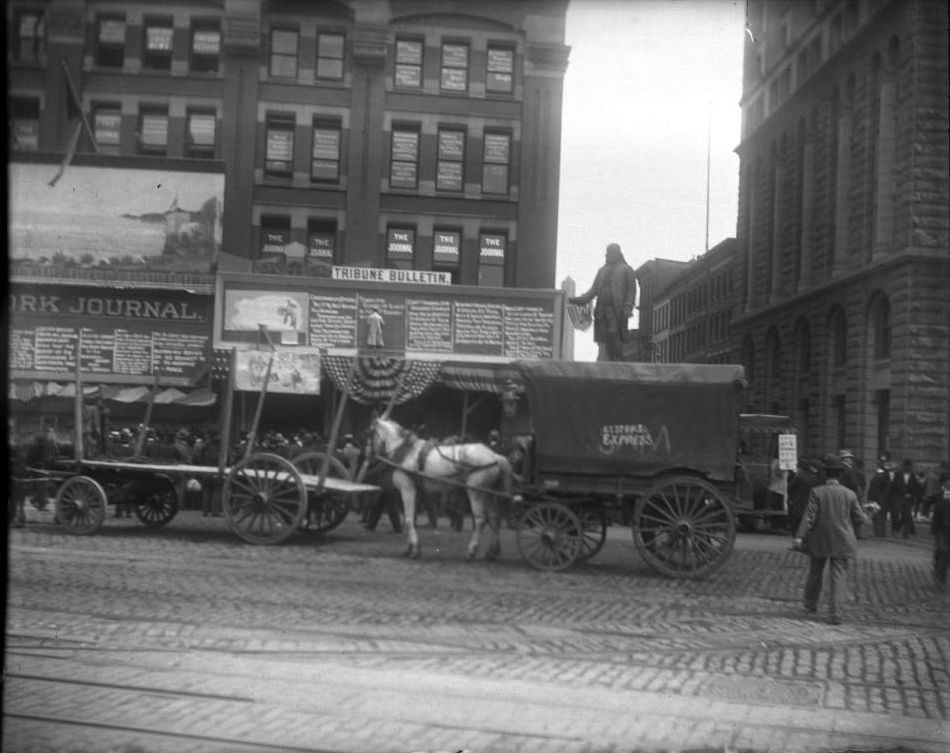
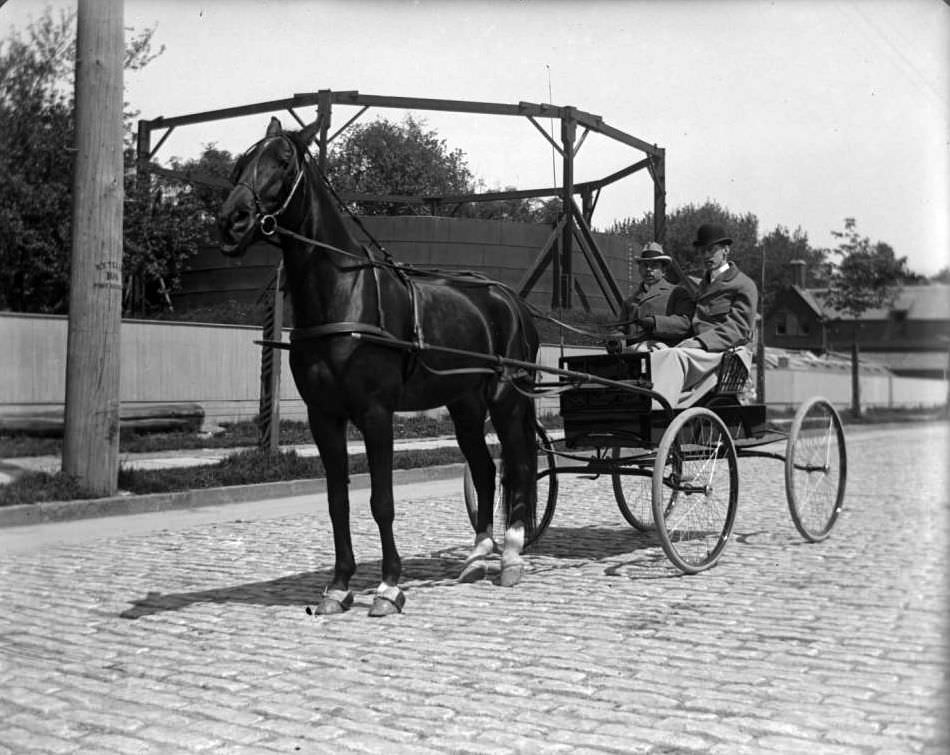
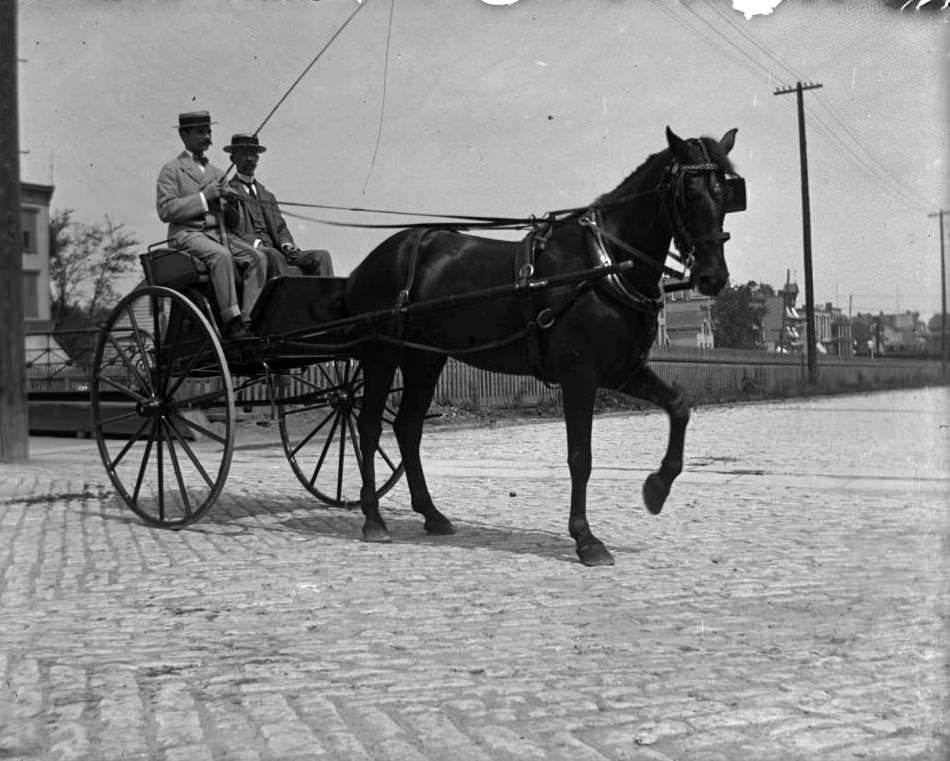
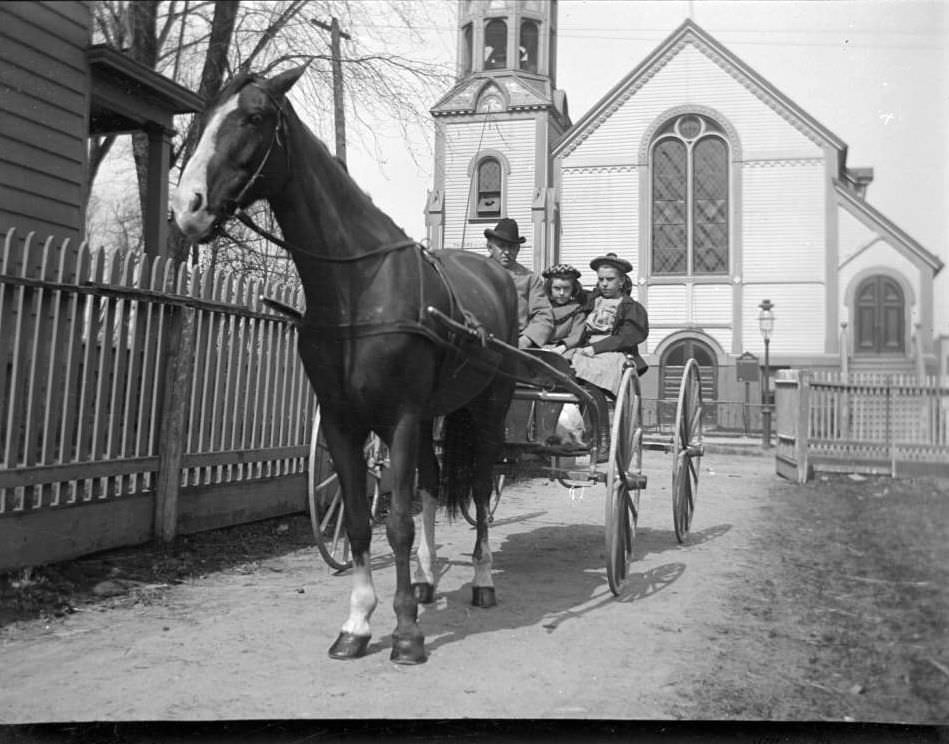
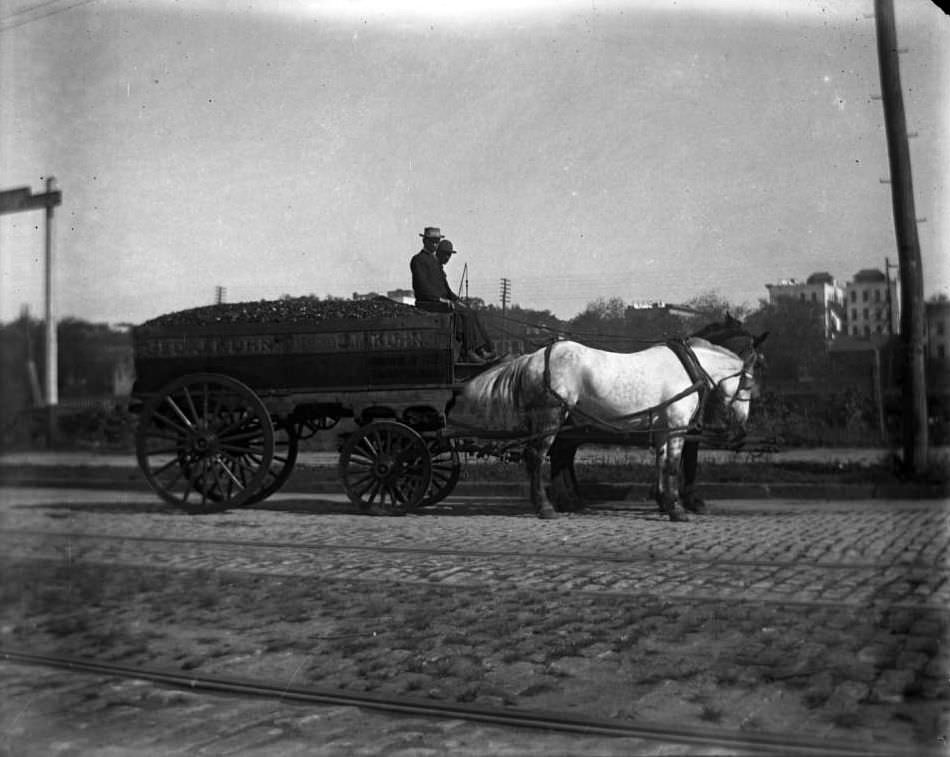
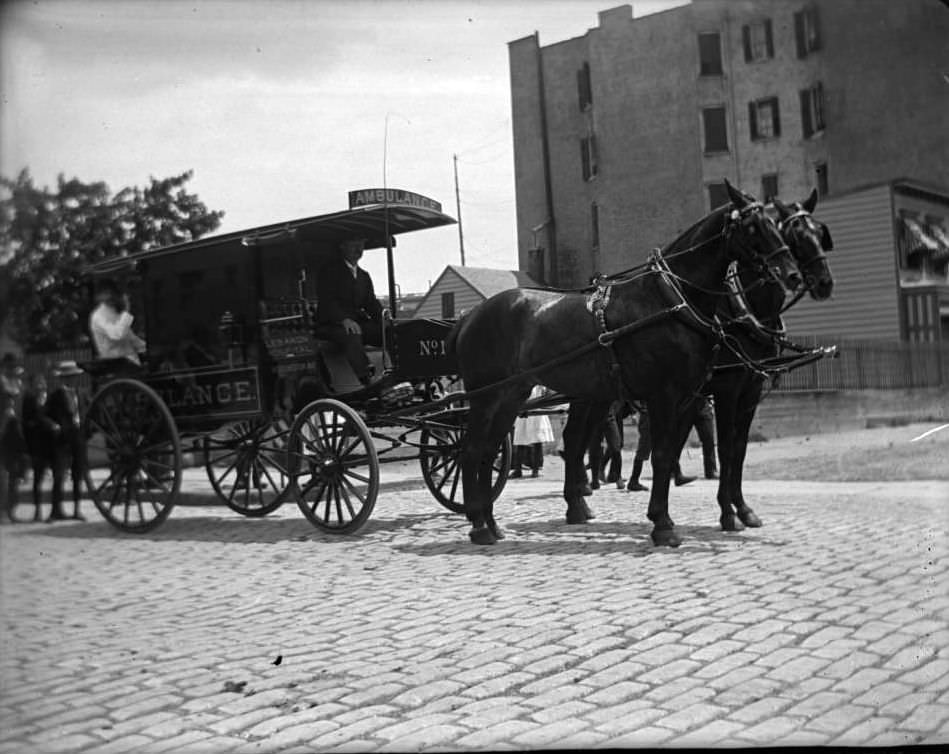
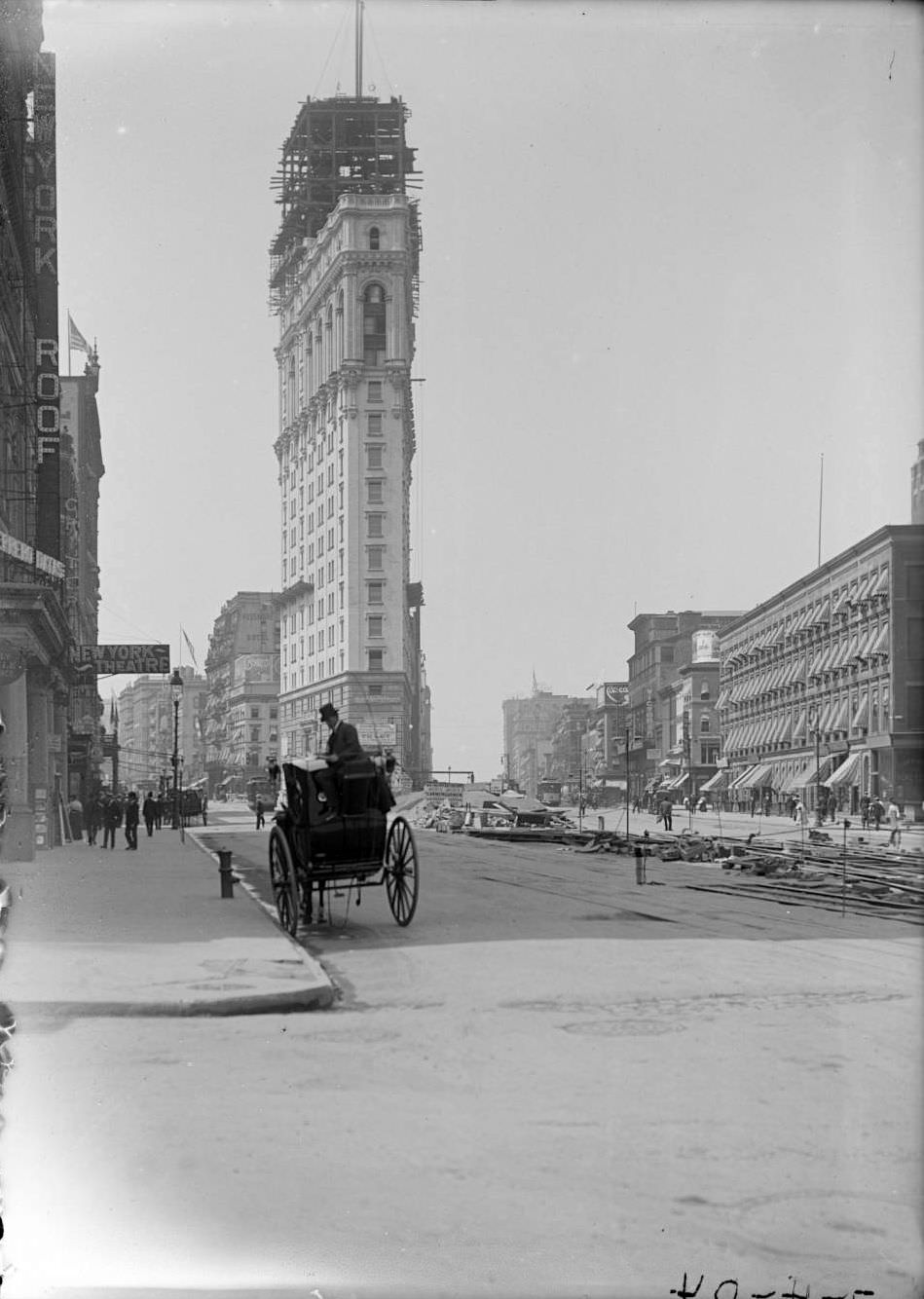
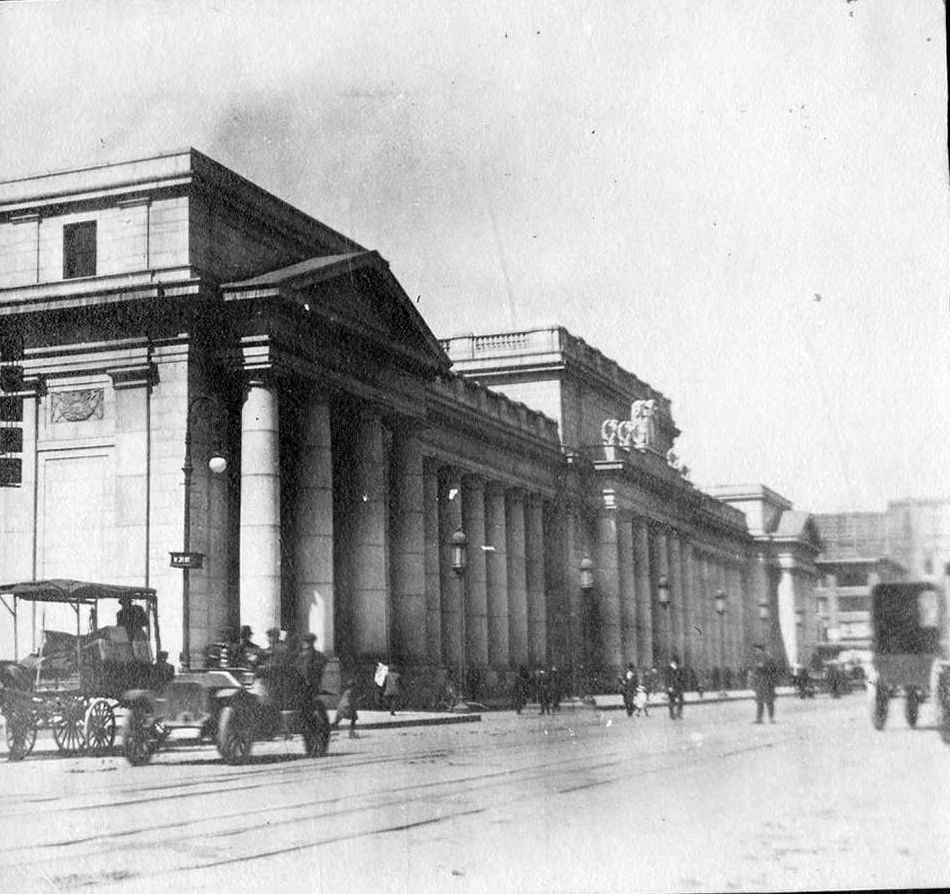

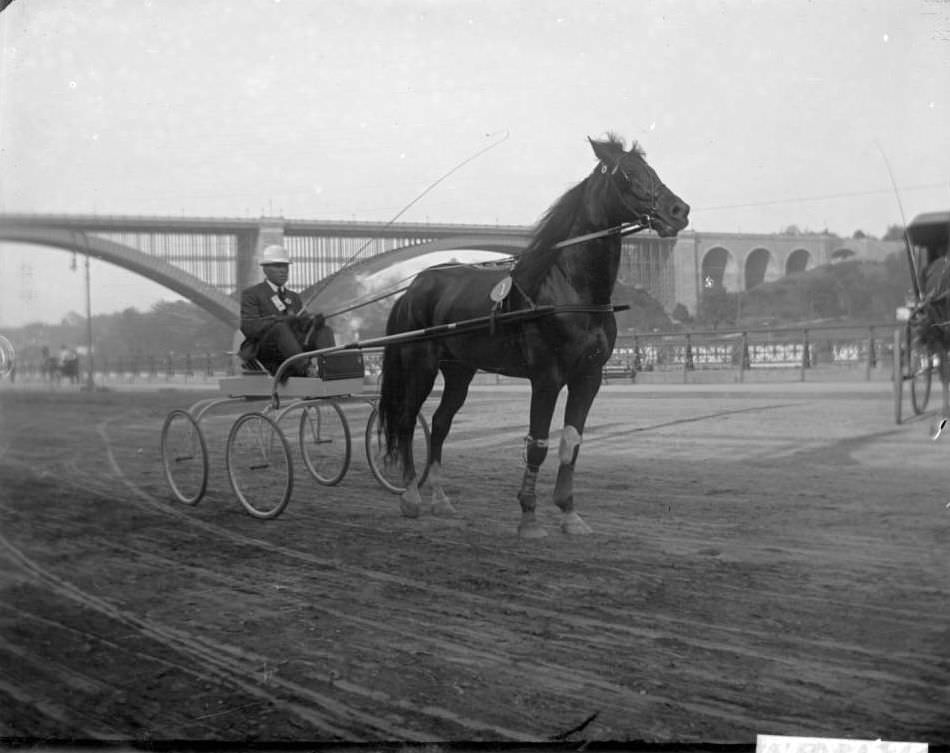
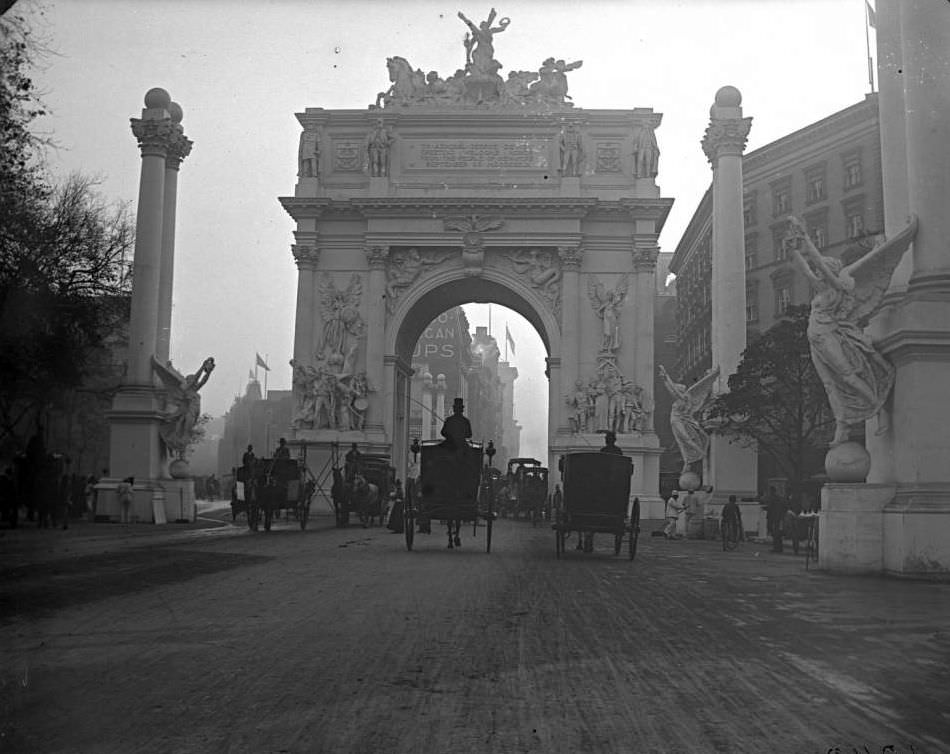
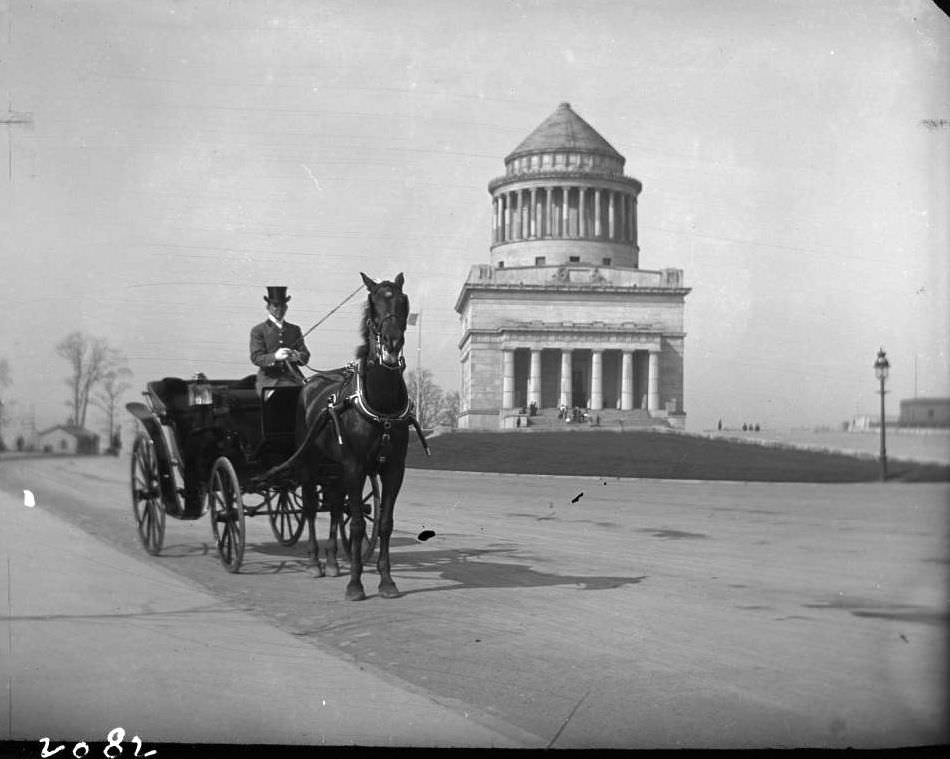
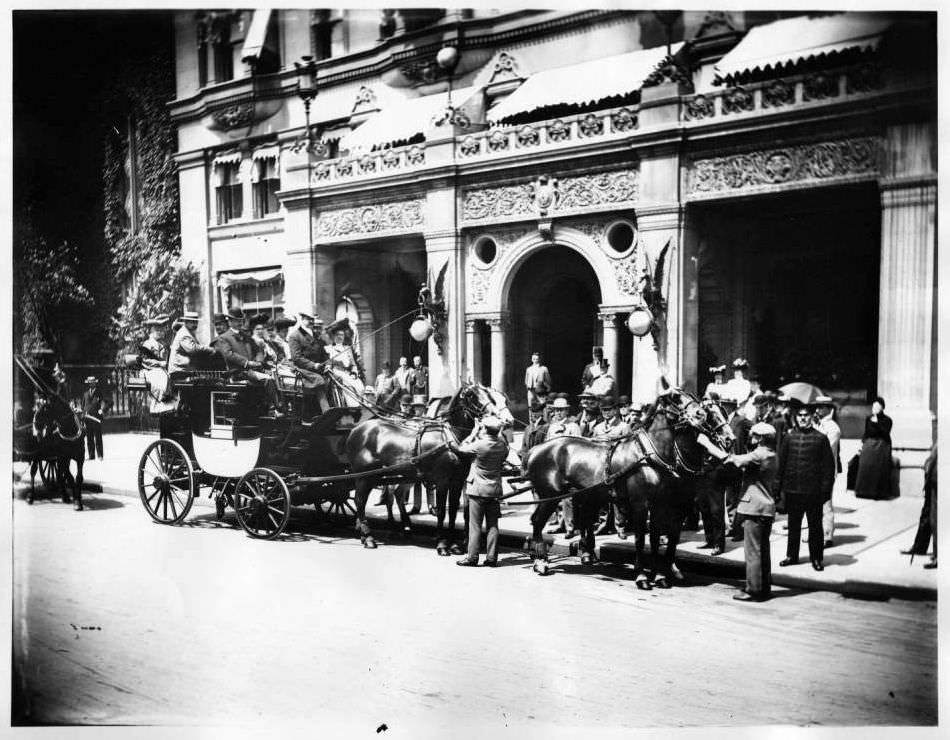
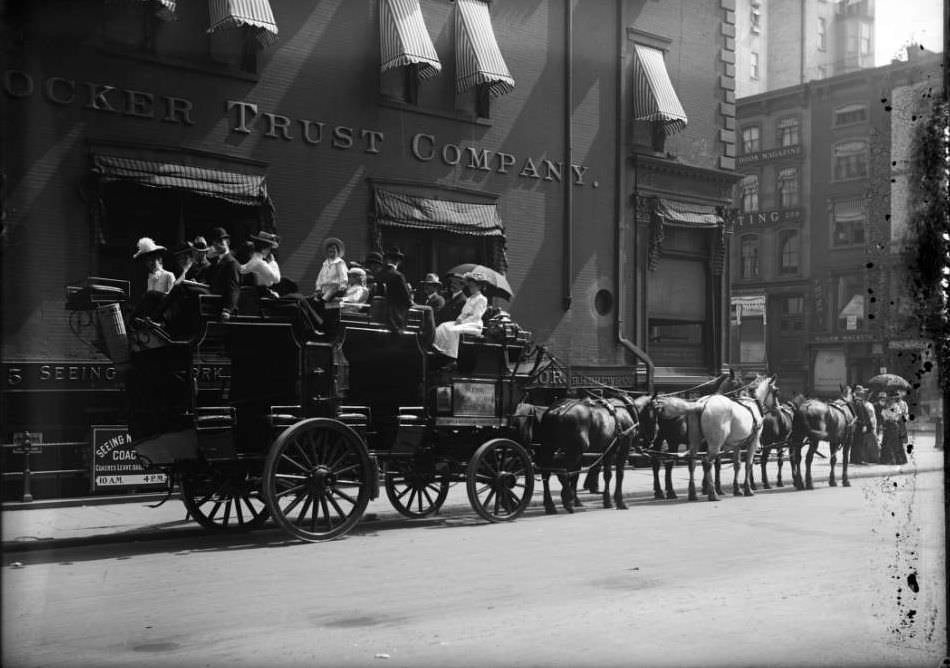
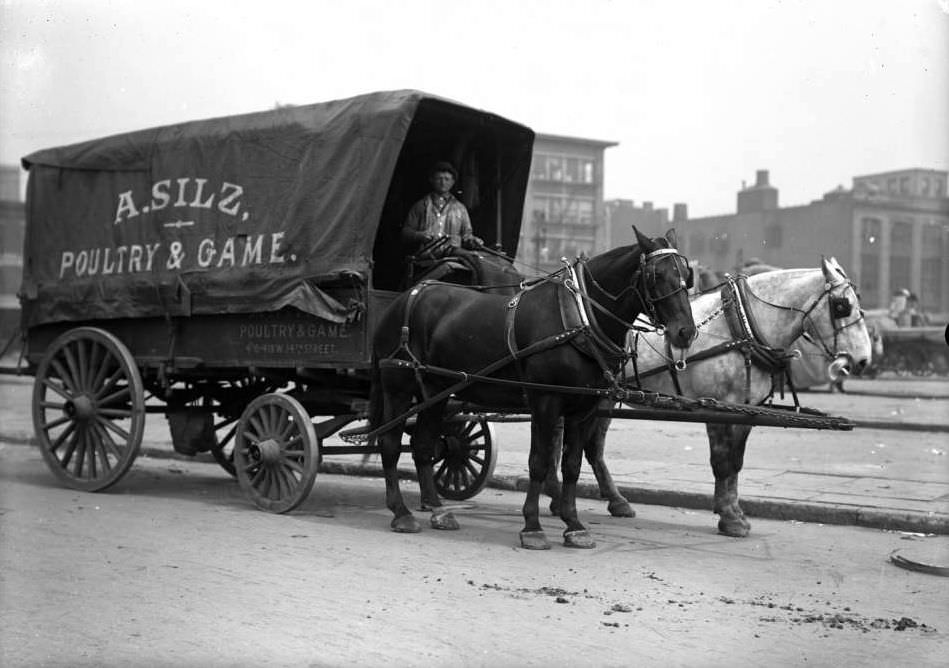
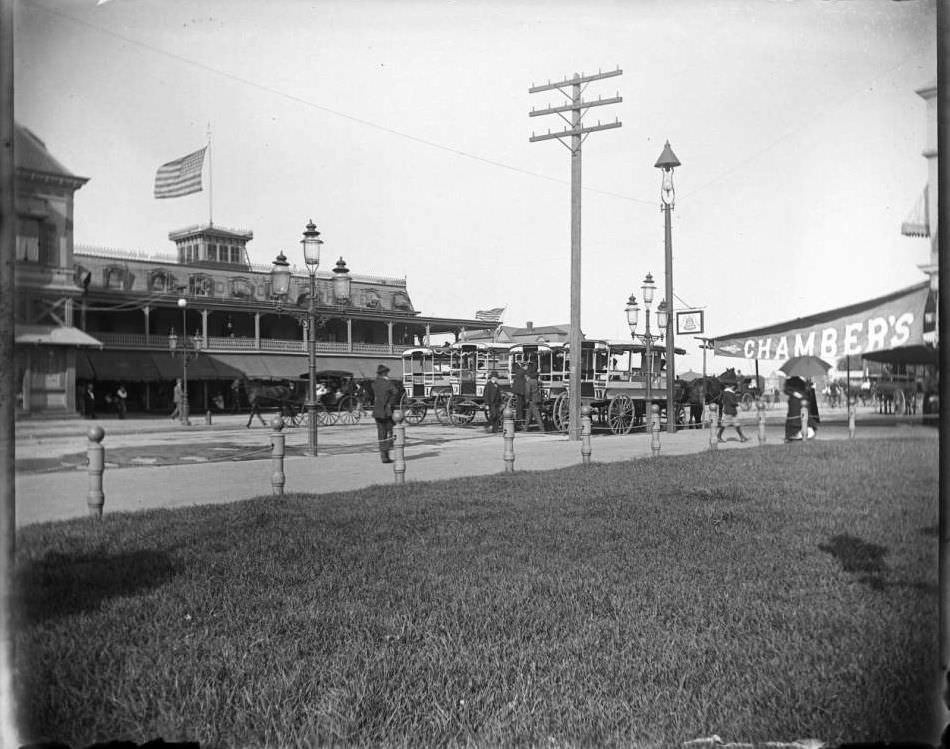
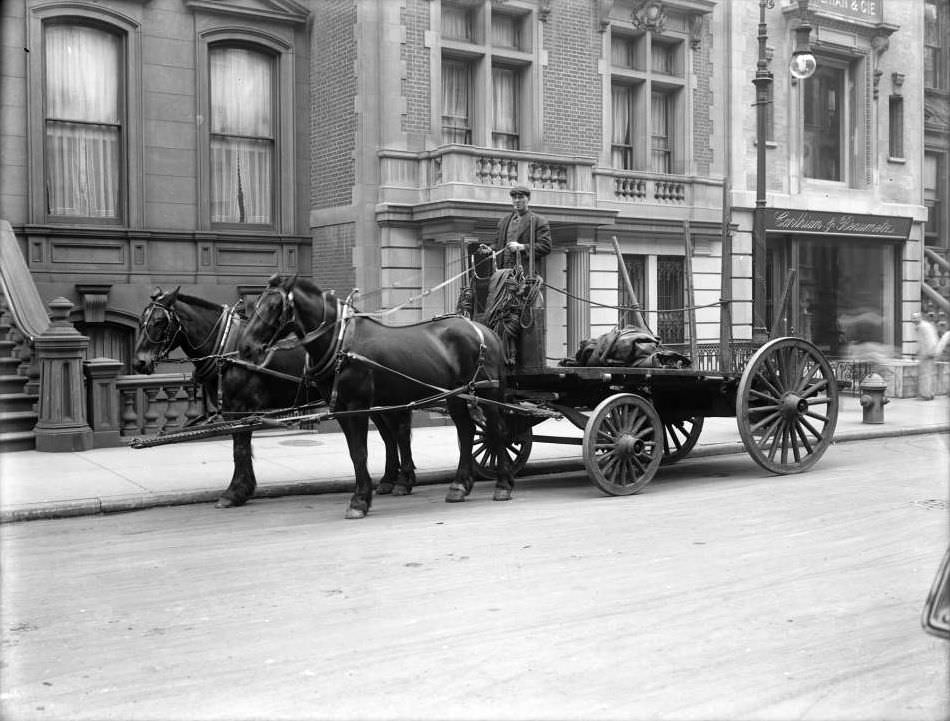
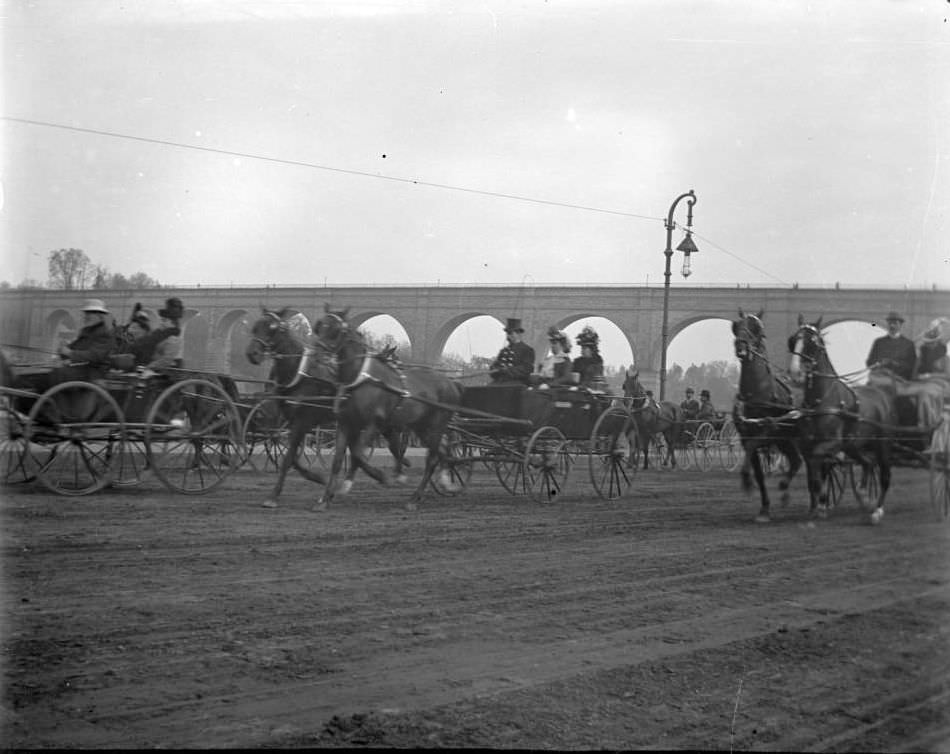
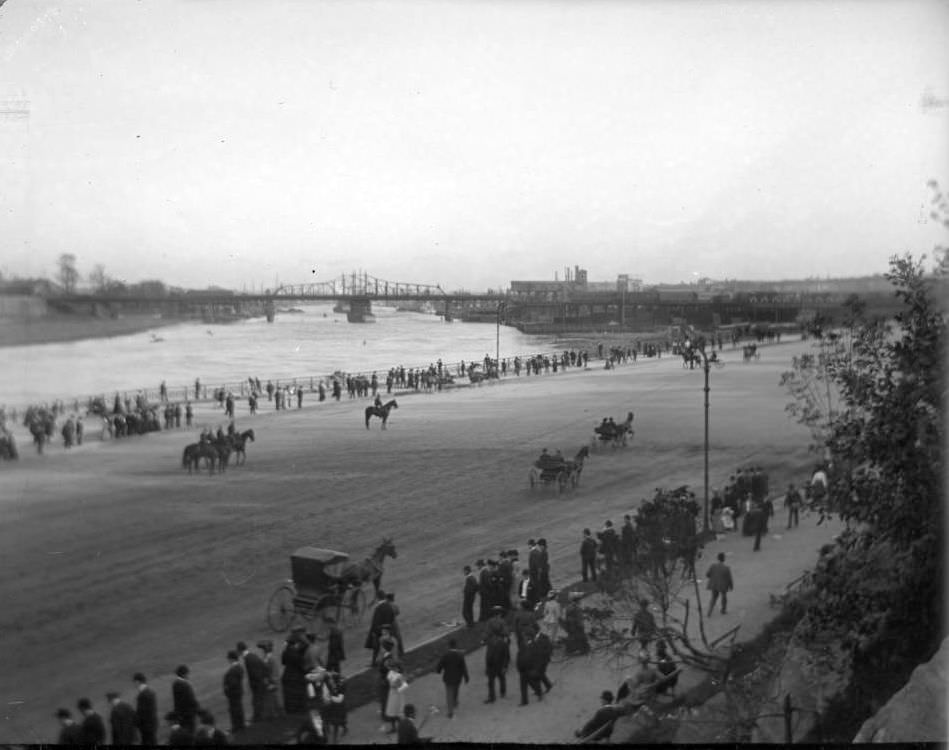
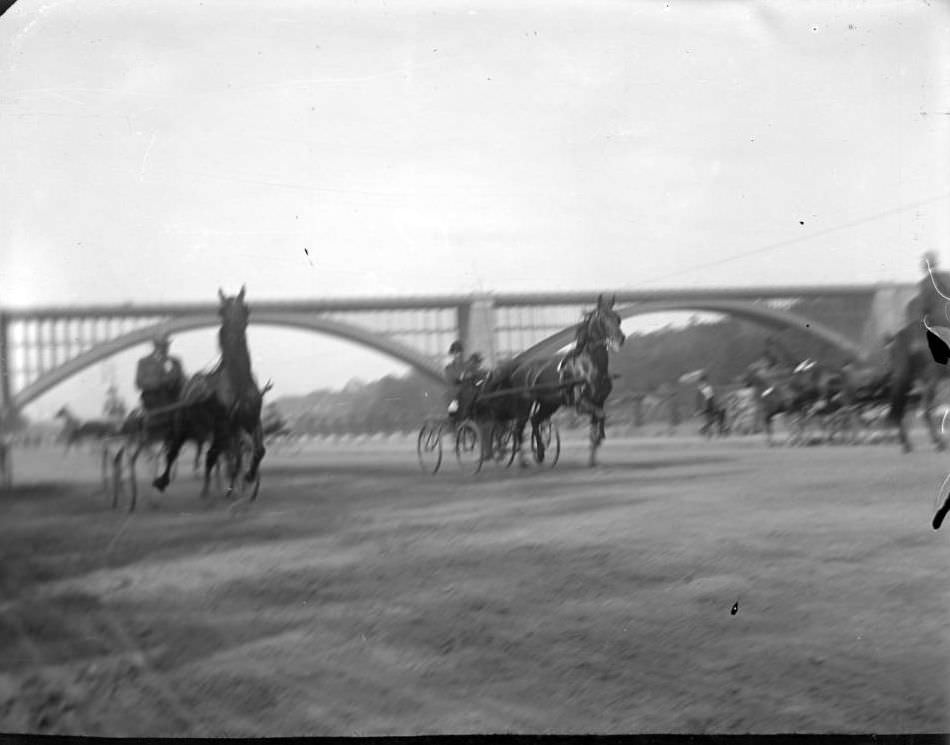
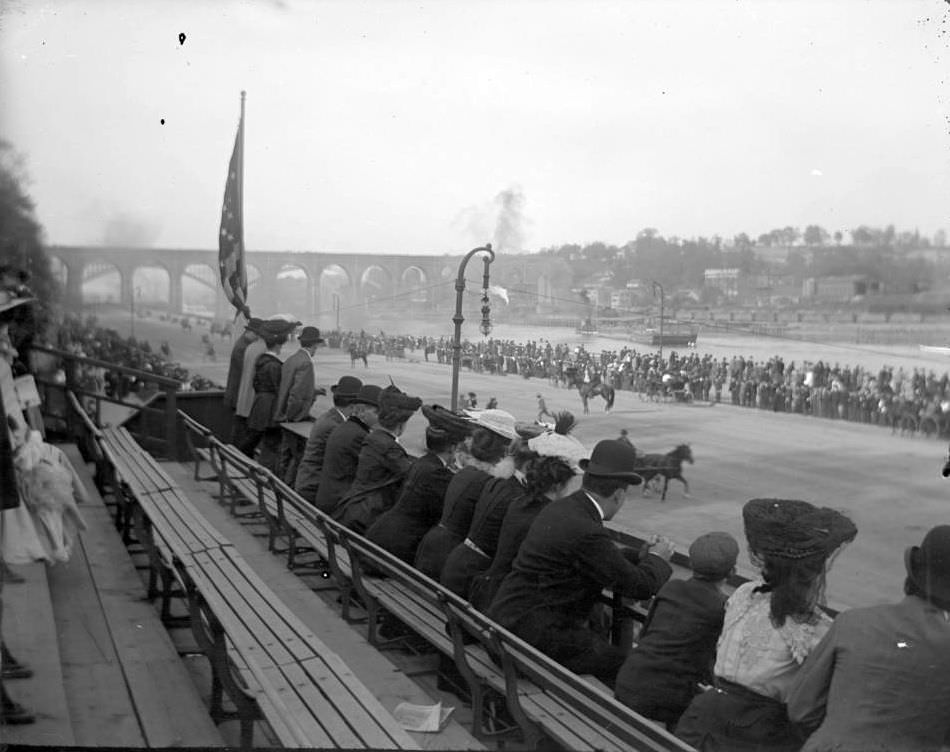
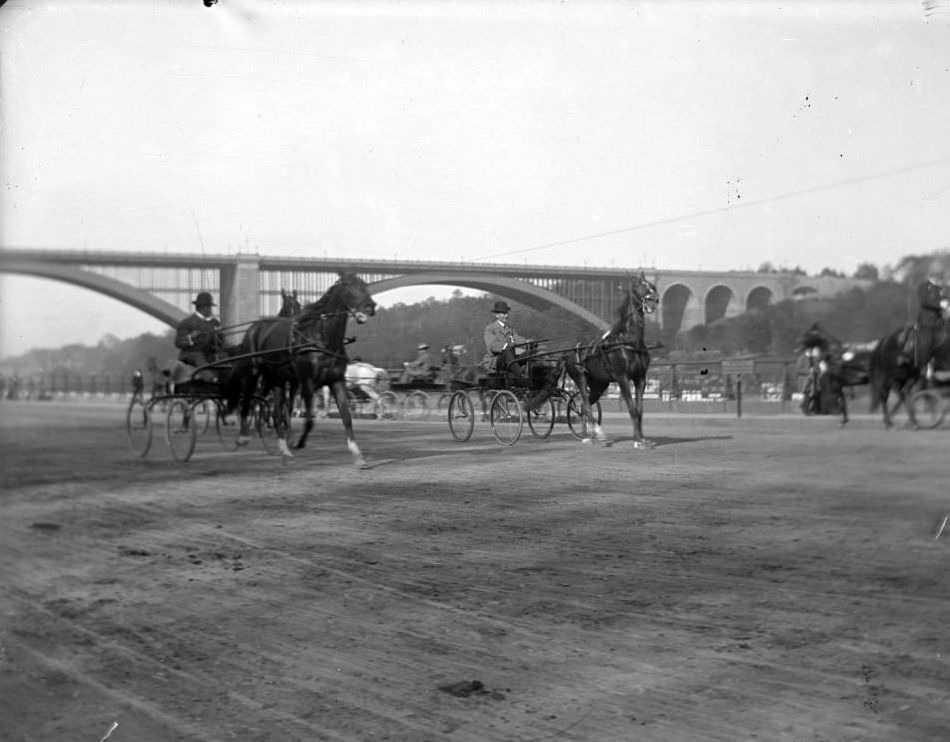
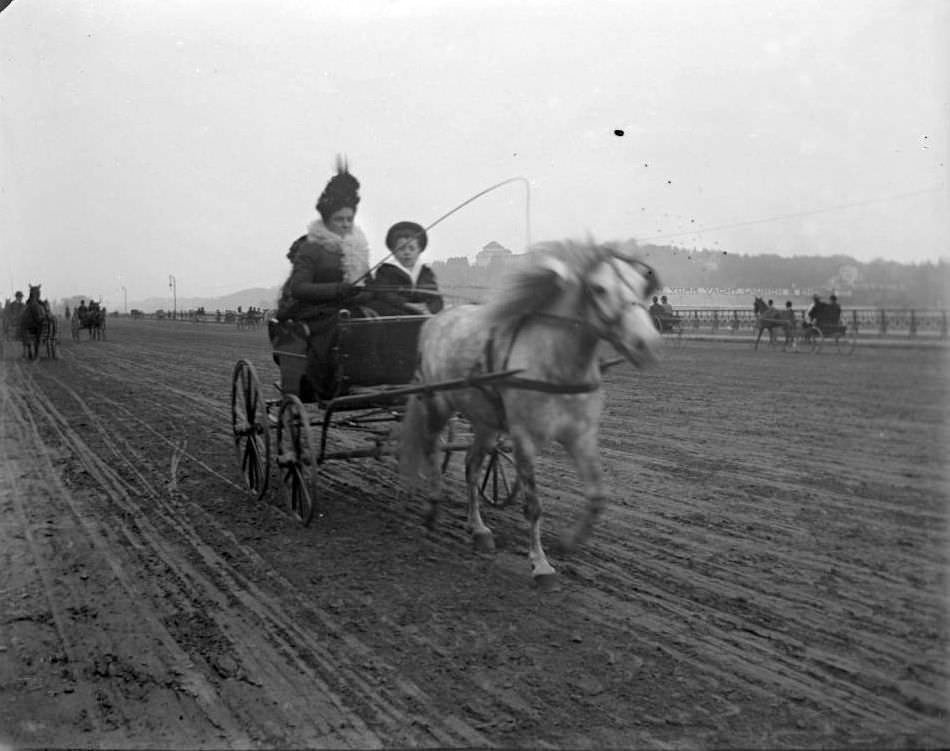
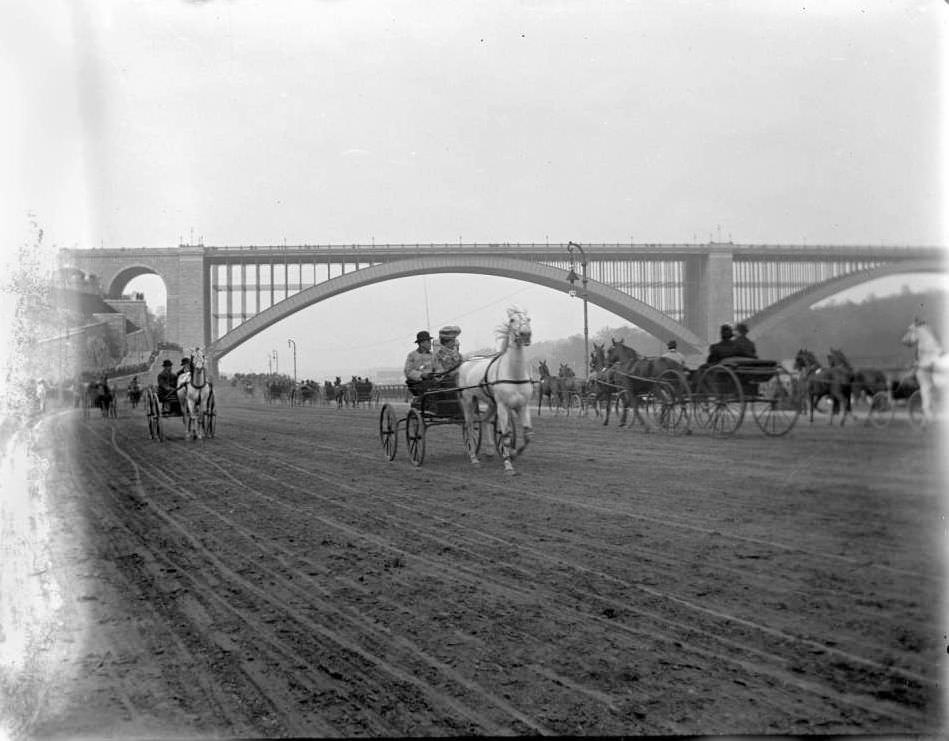
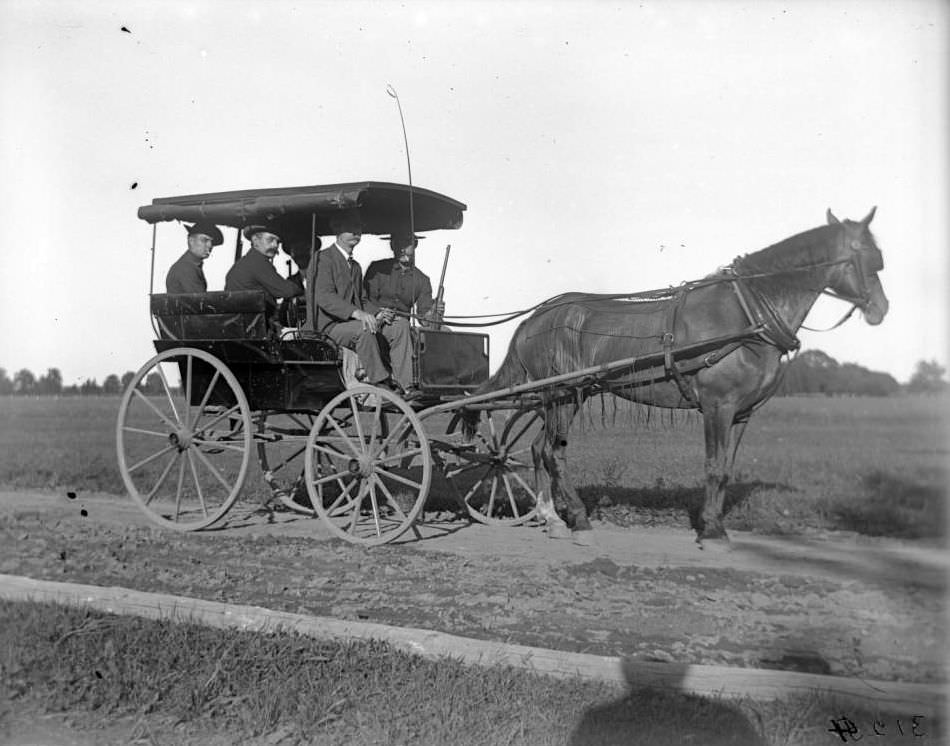
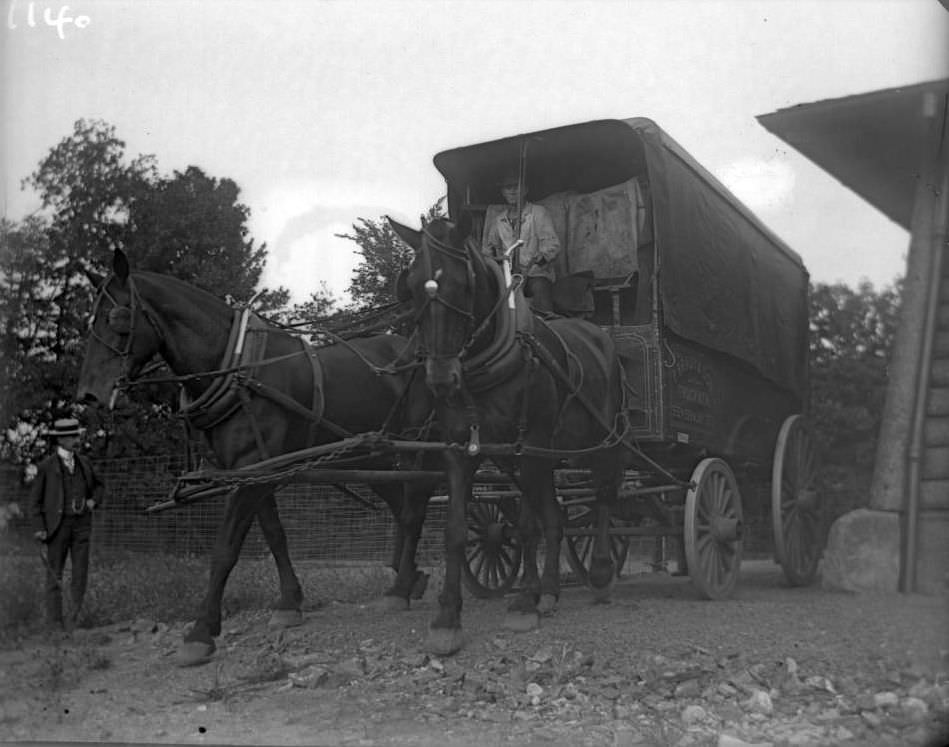
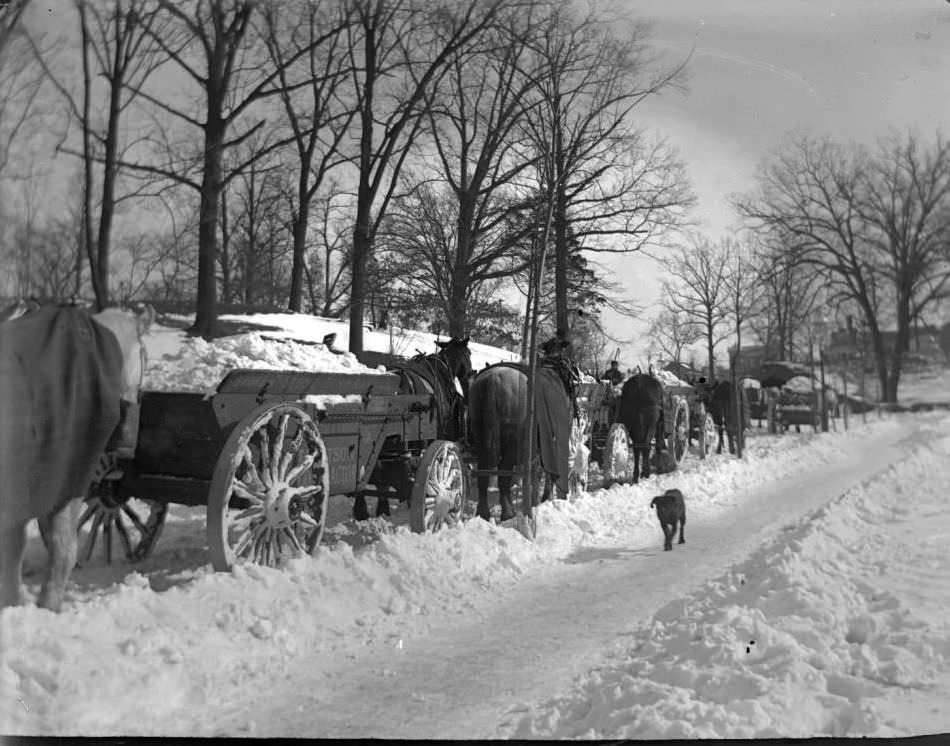
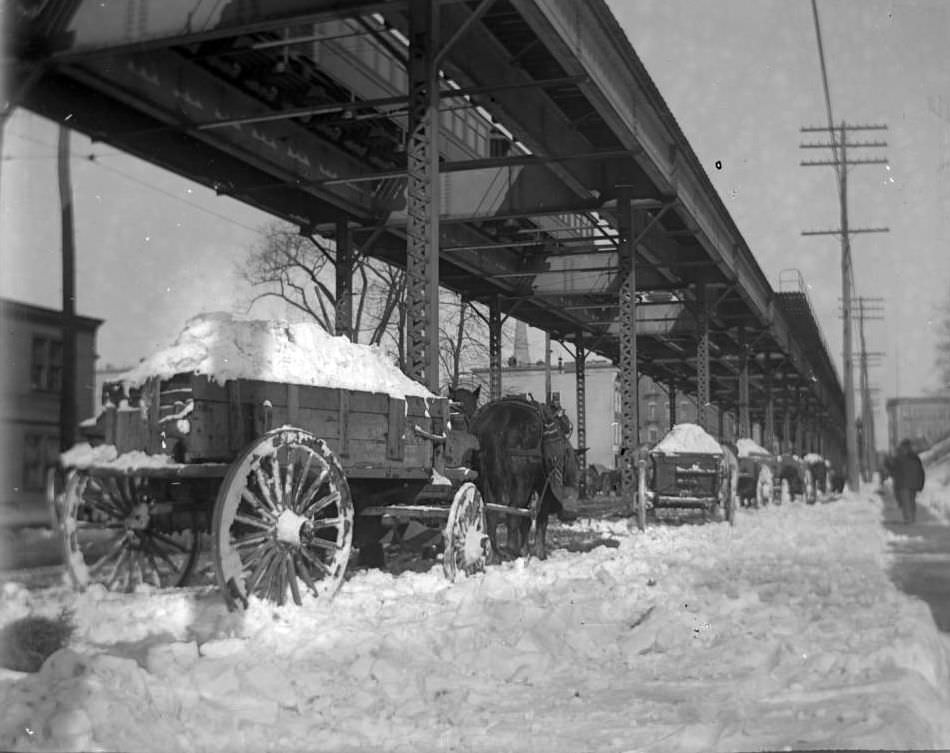
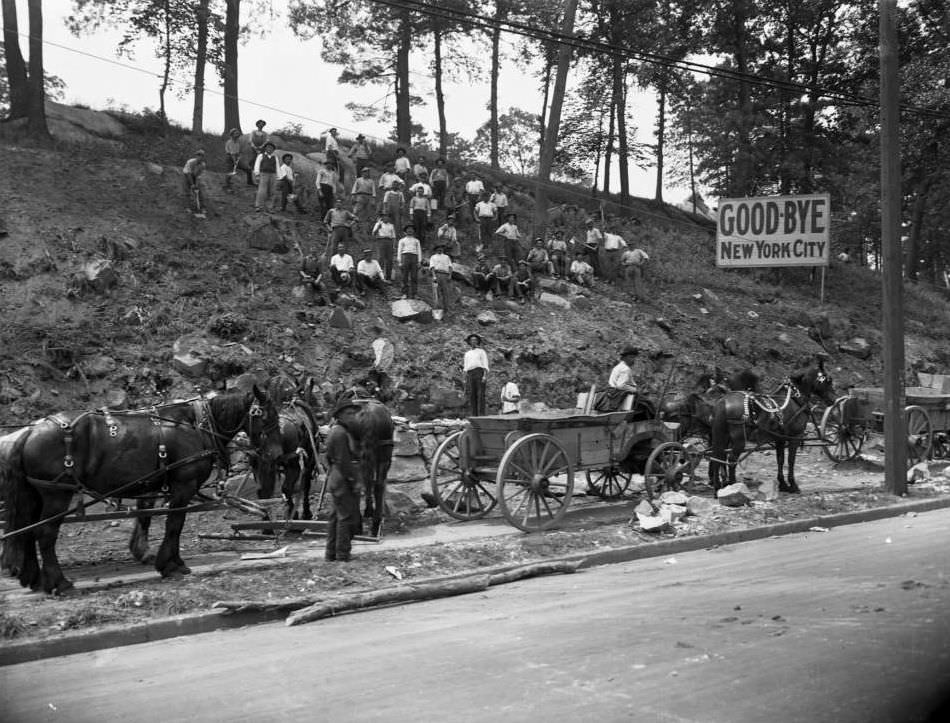



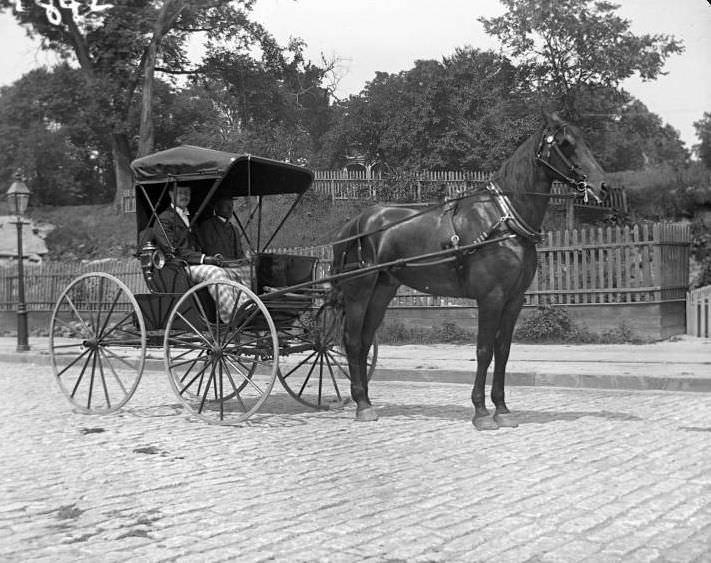
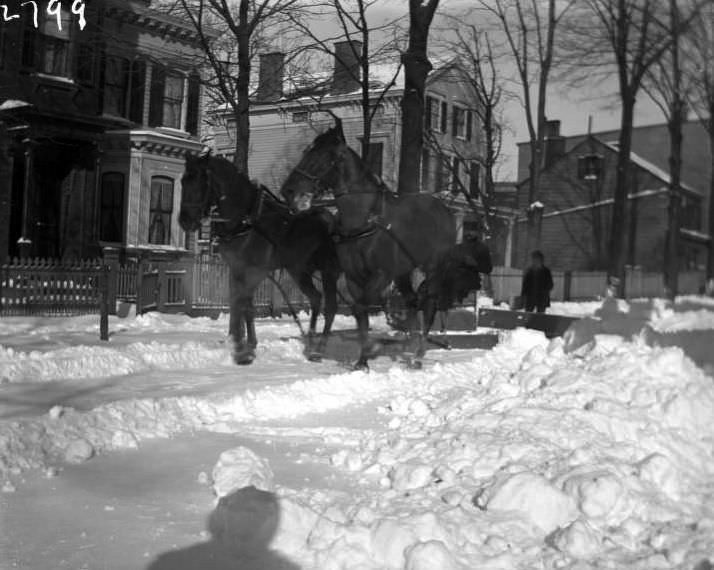
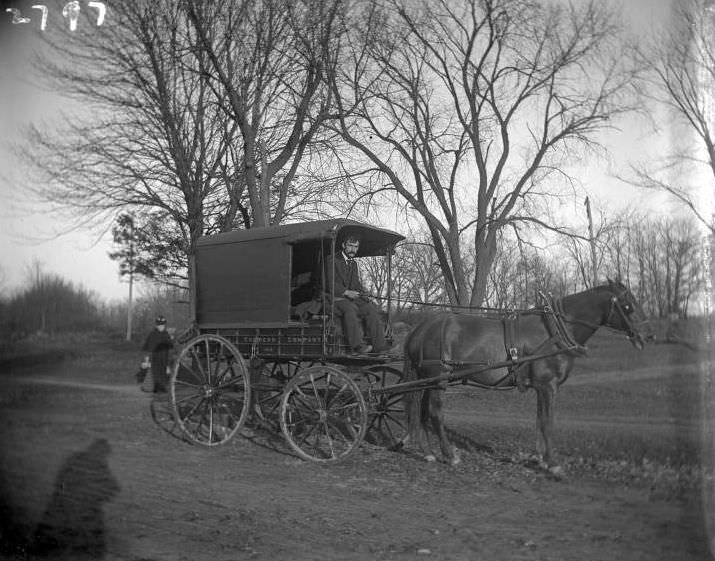

GIPHY App Key not set. Please check settings